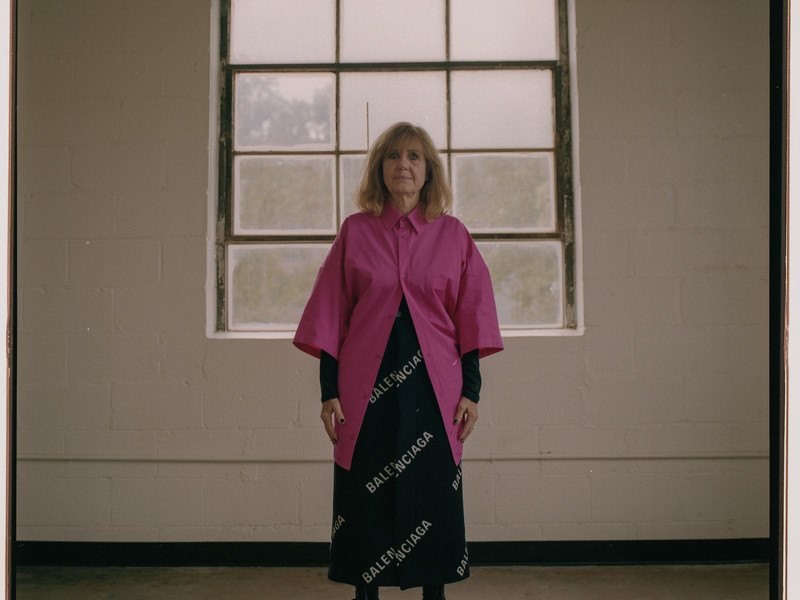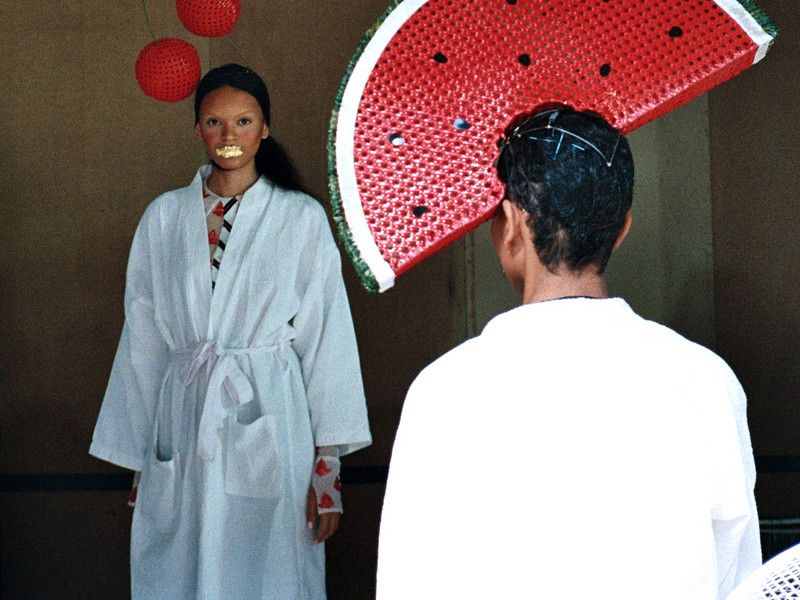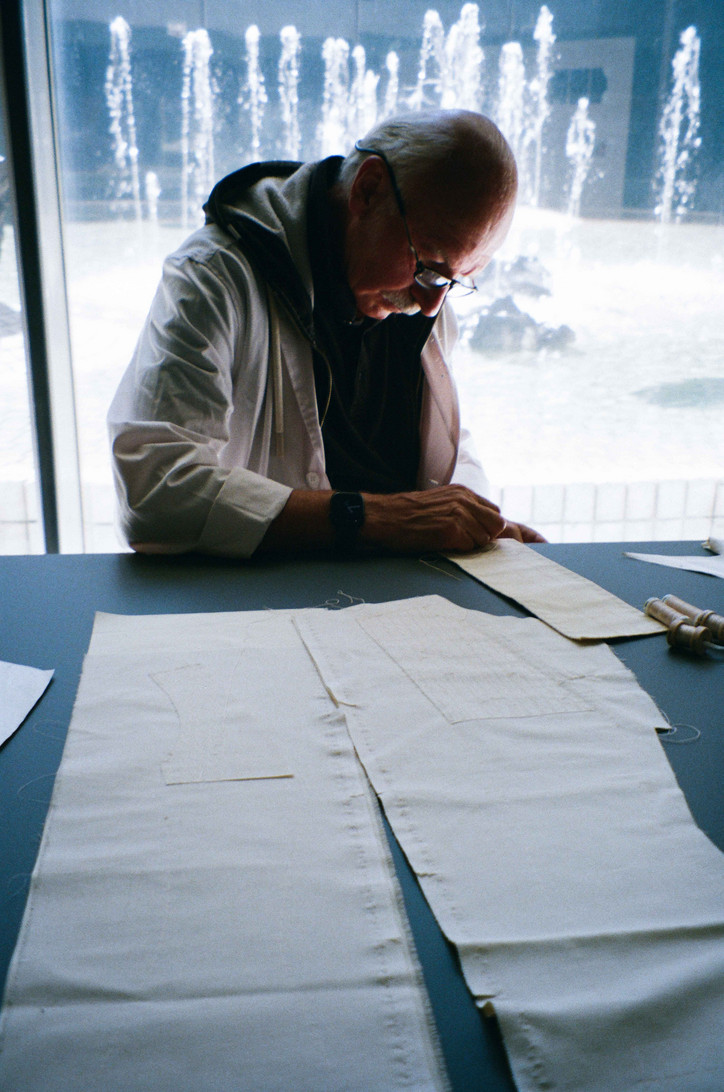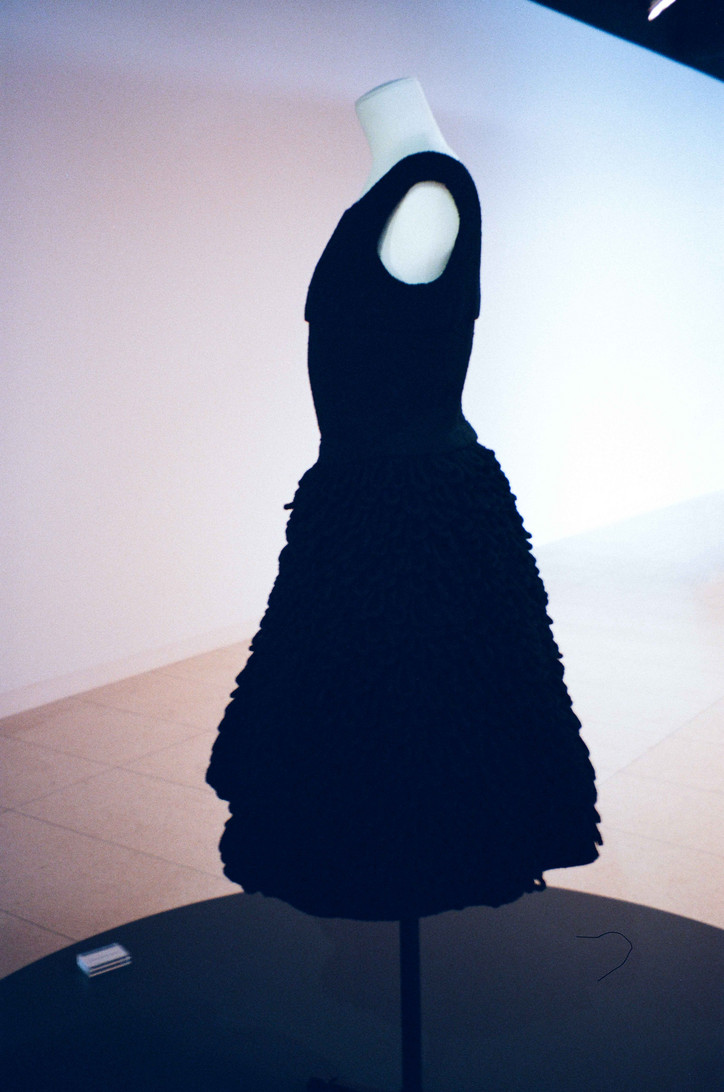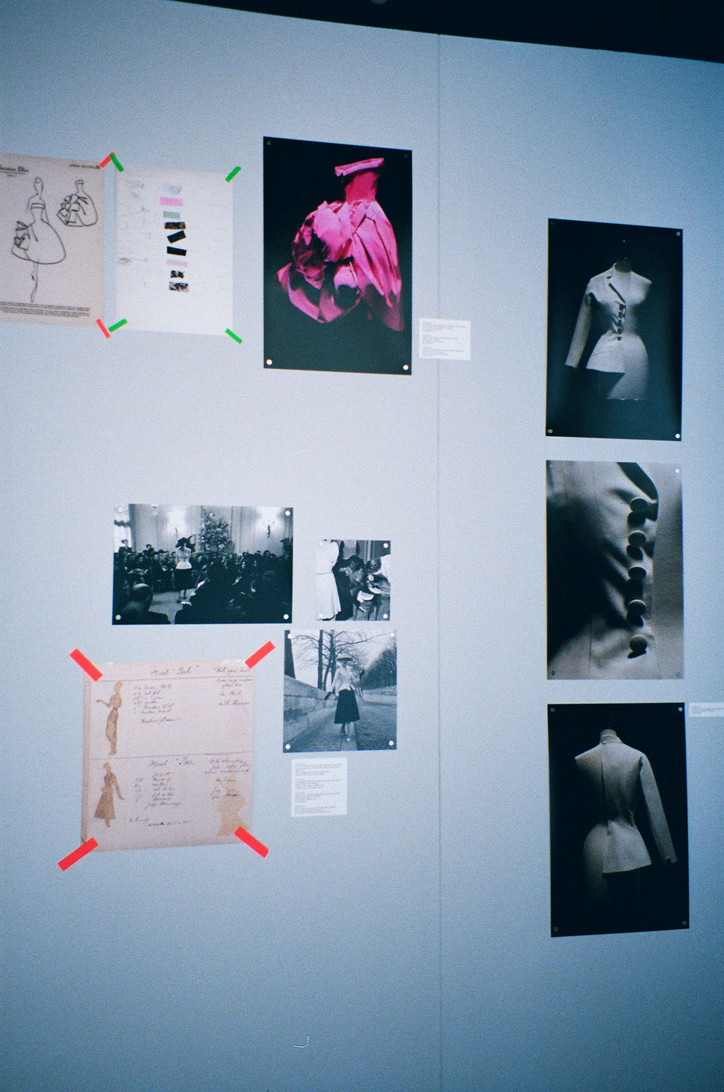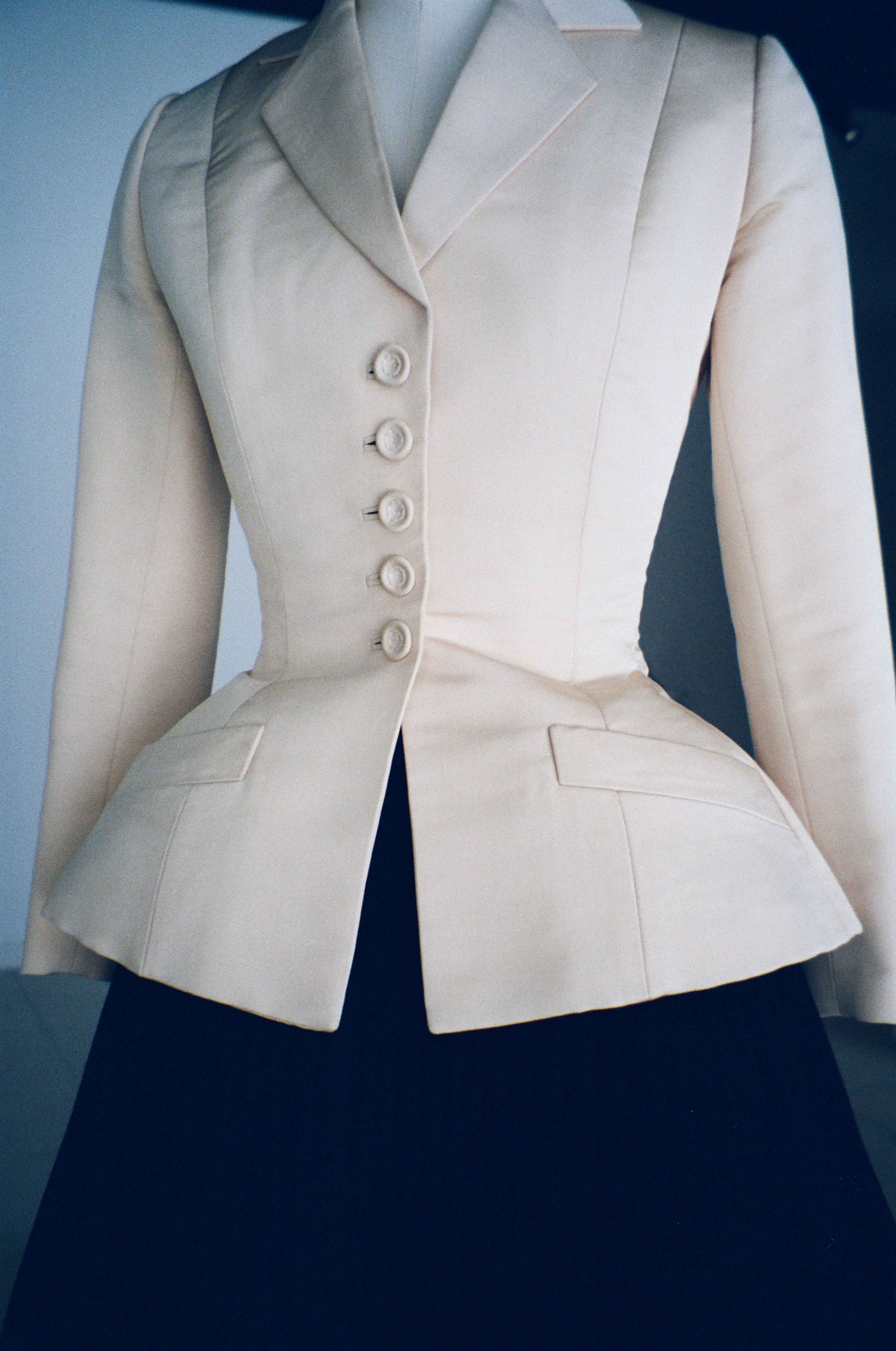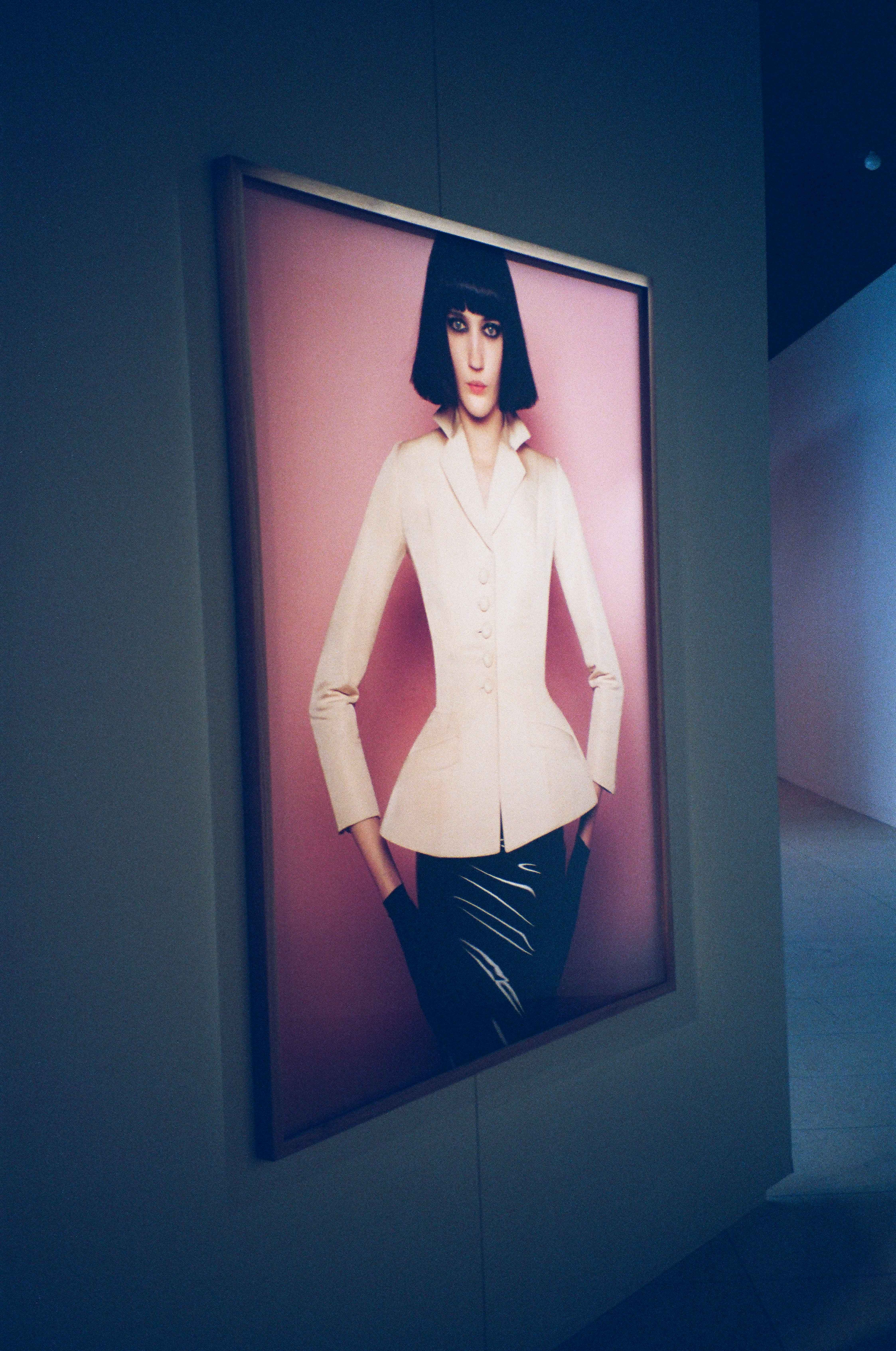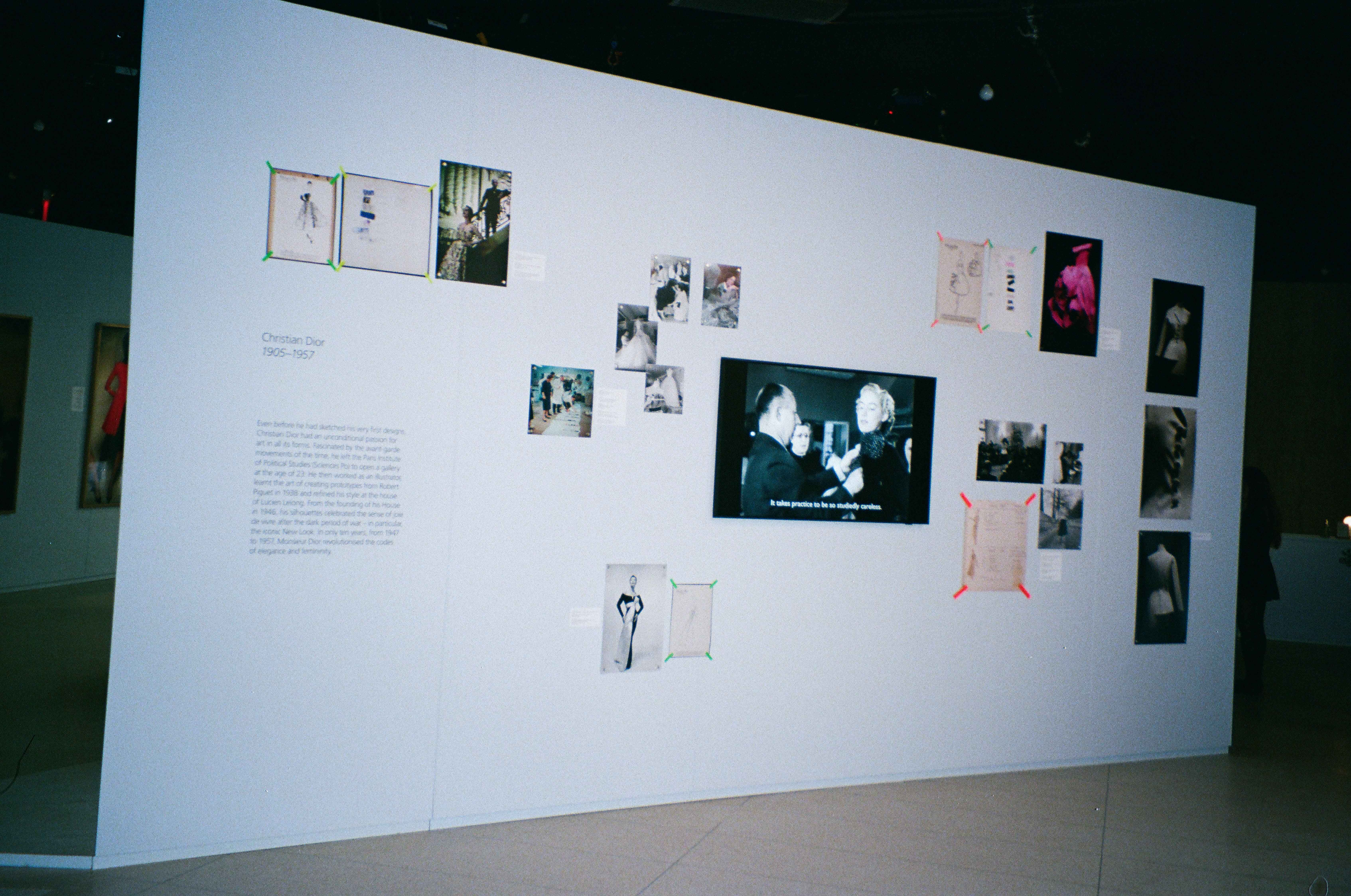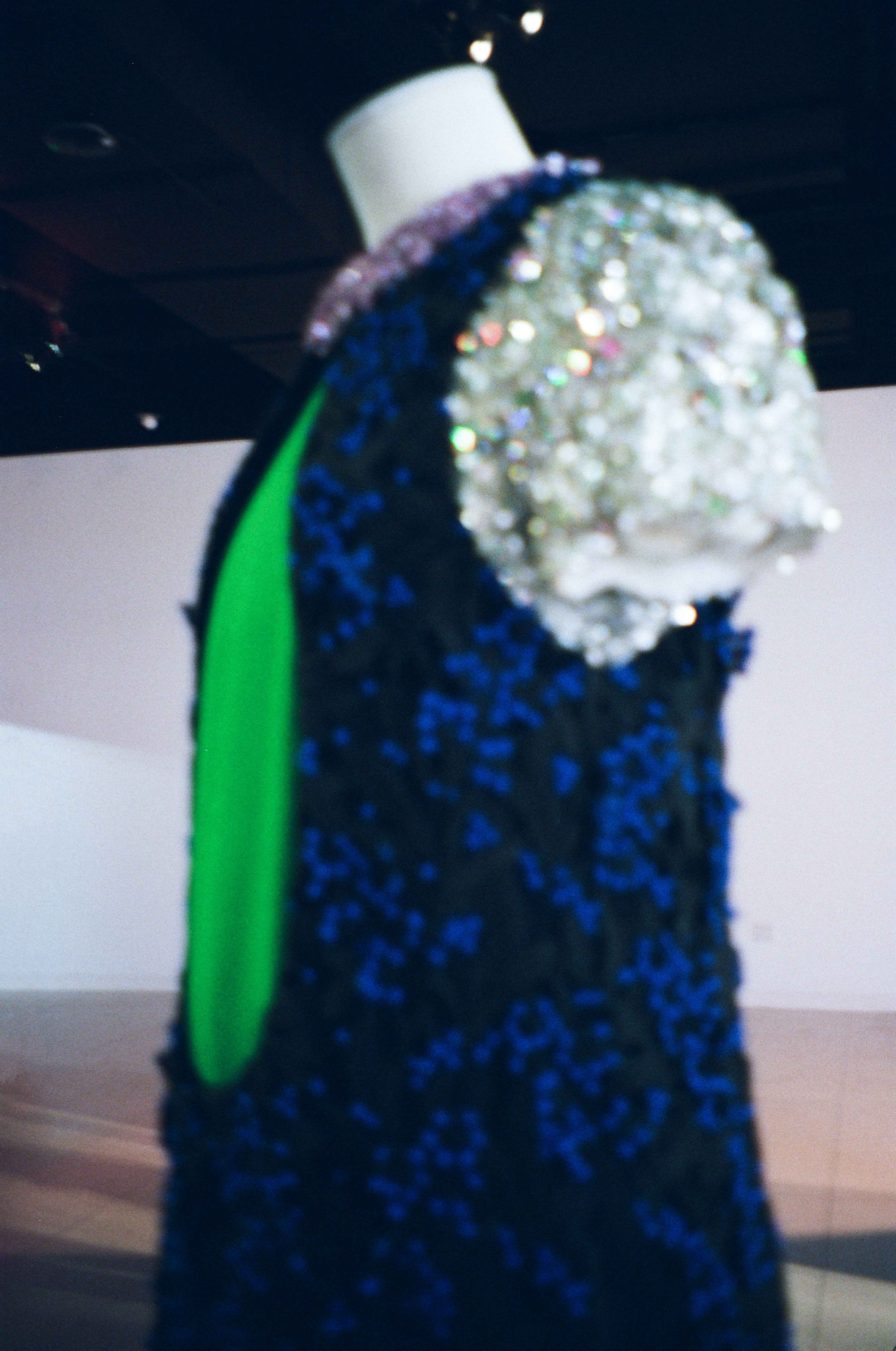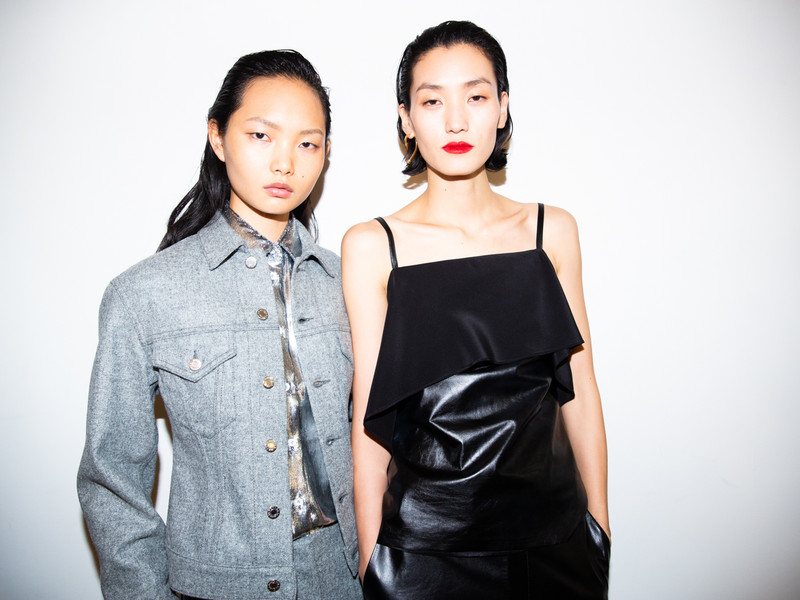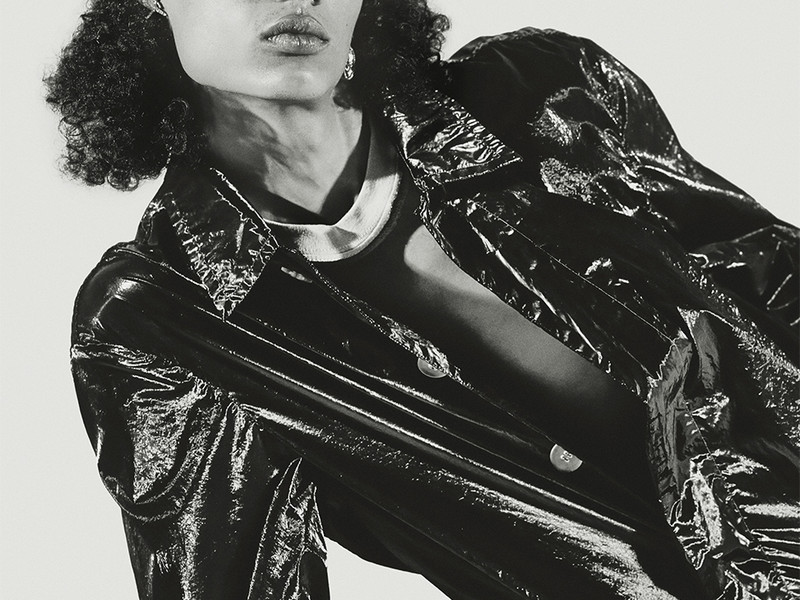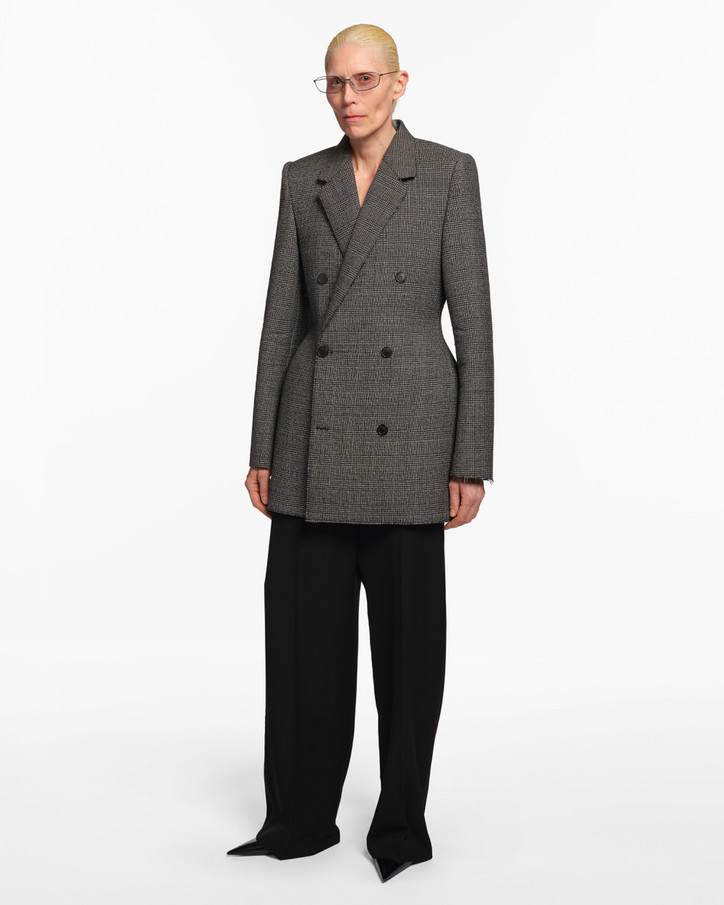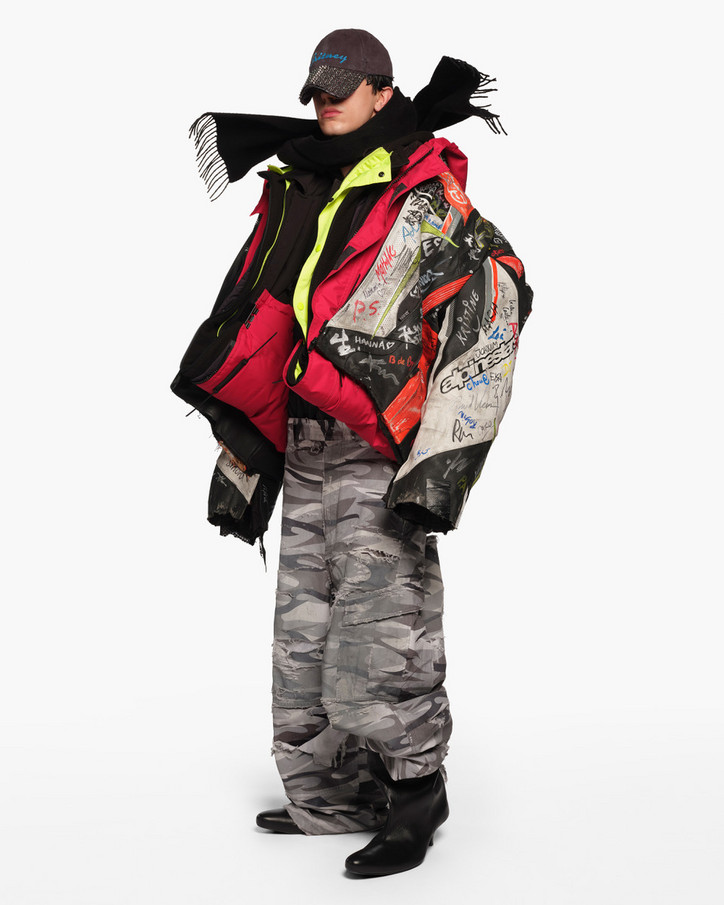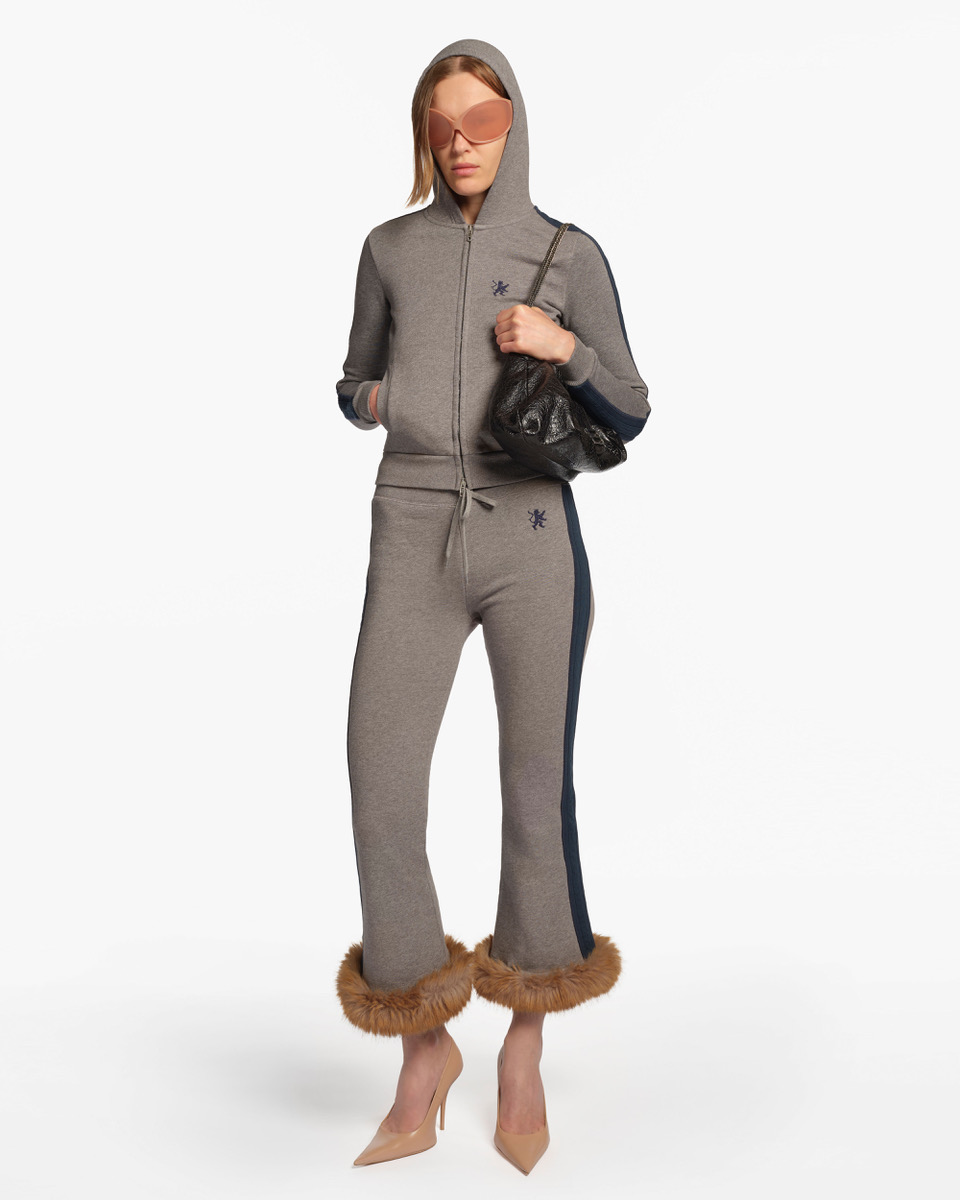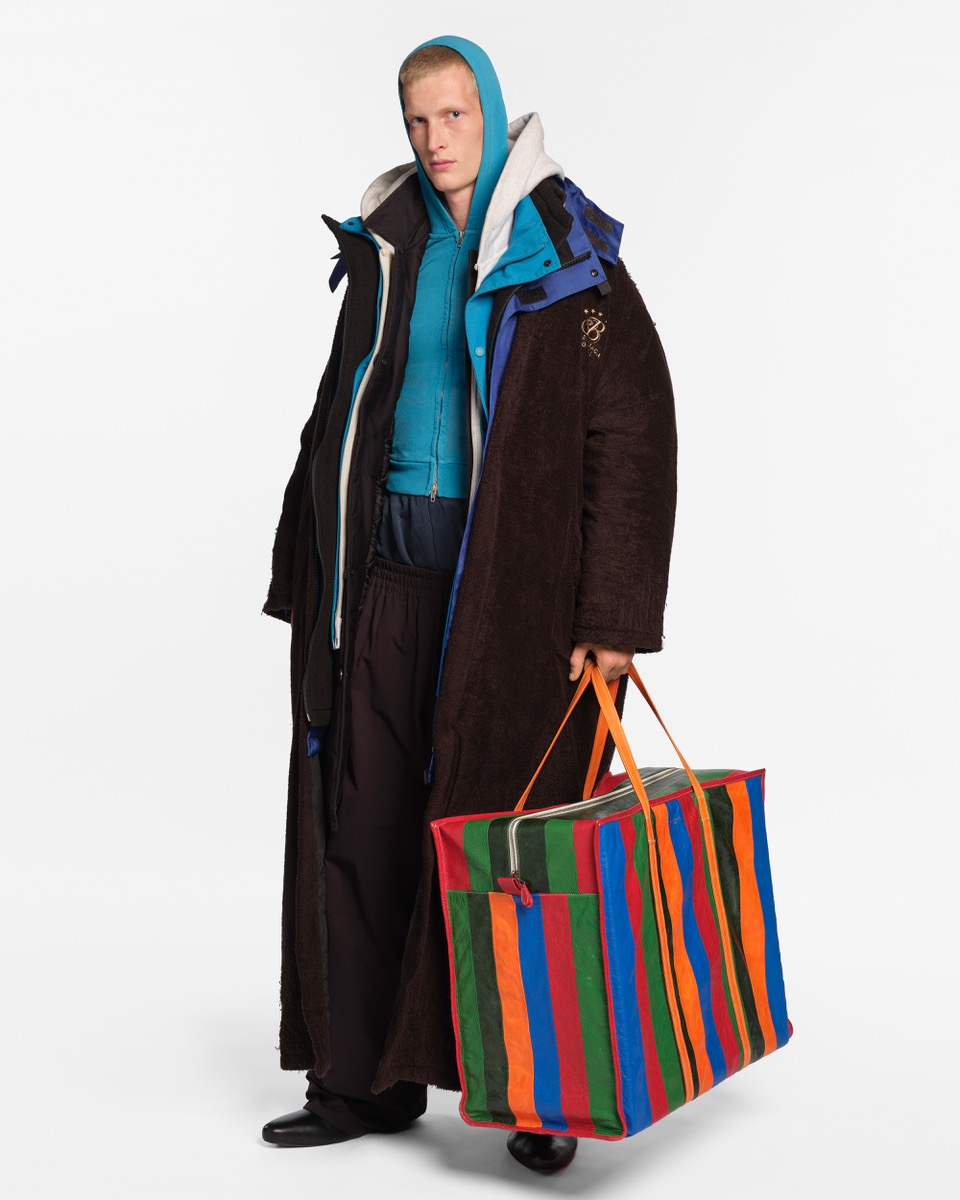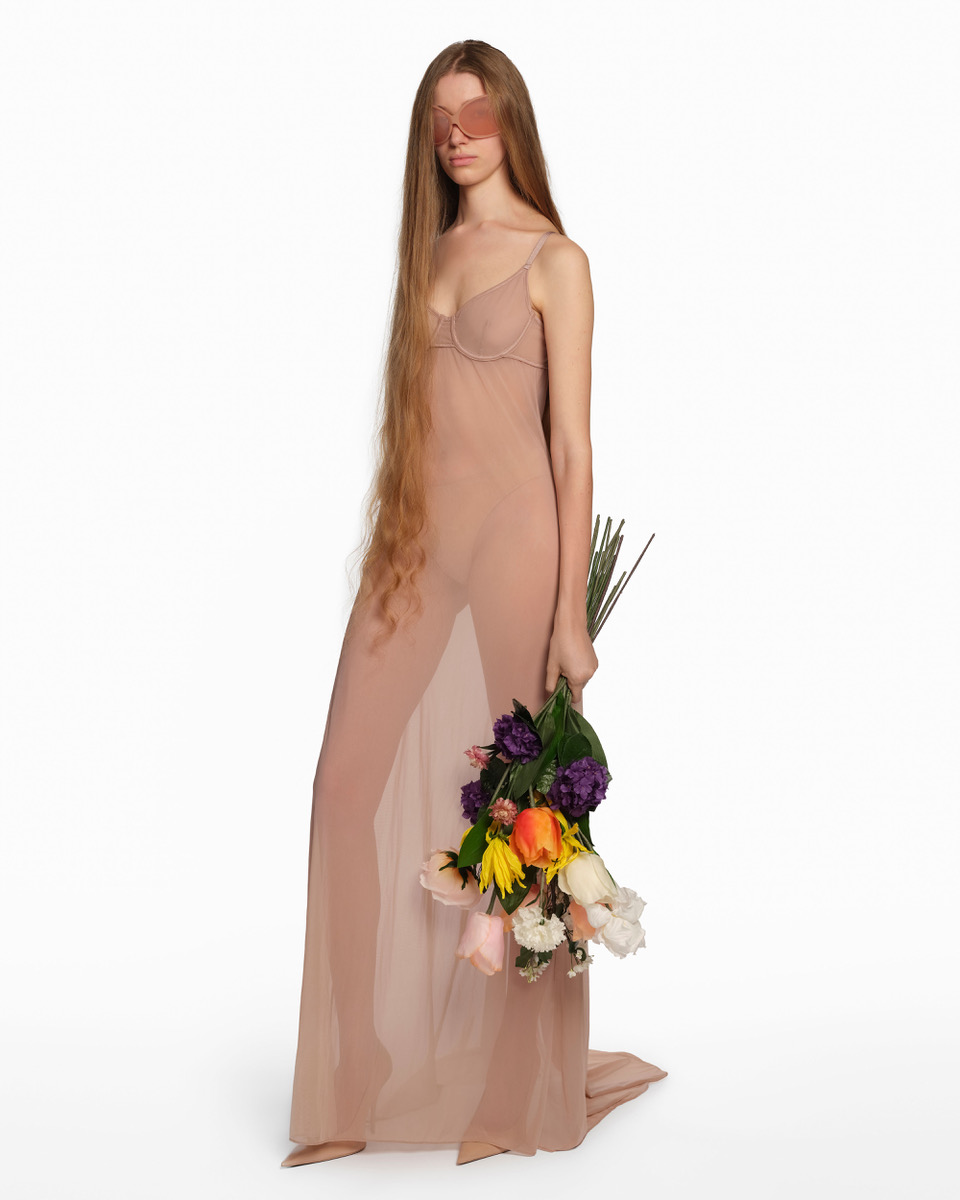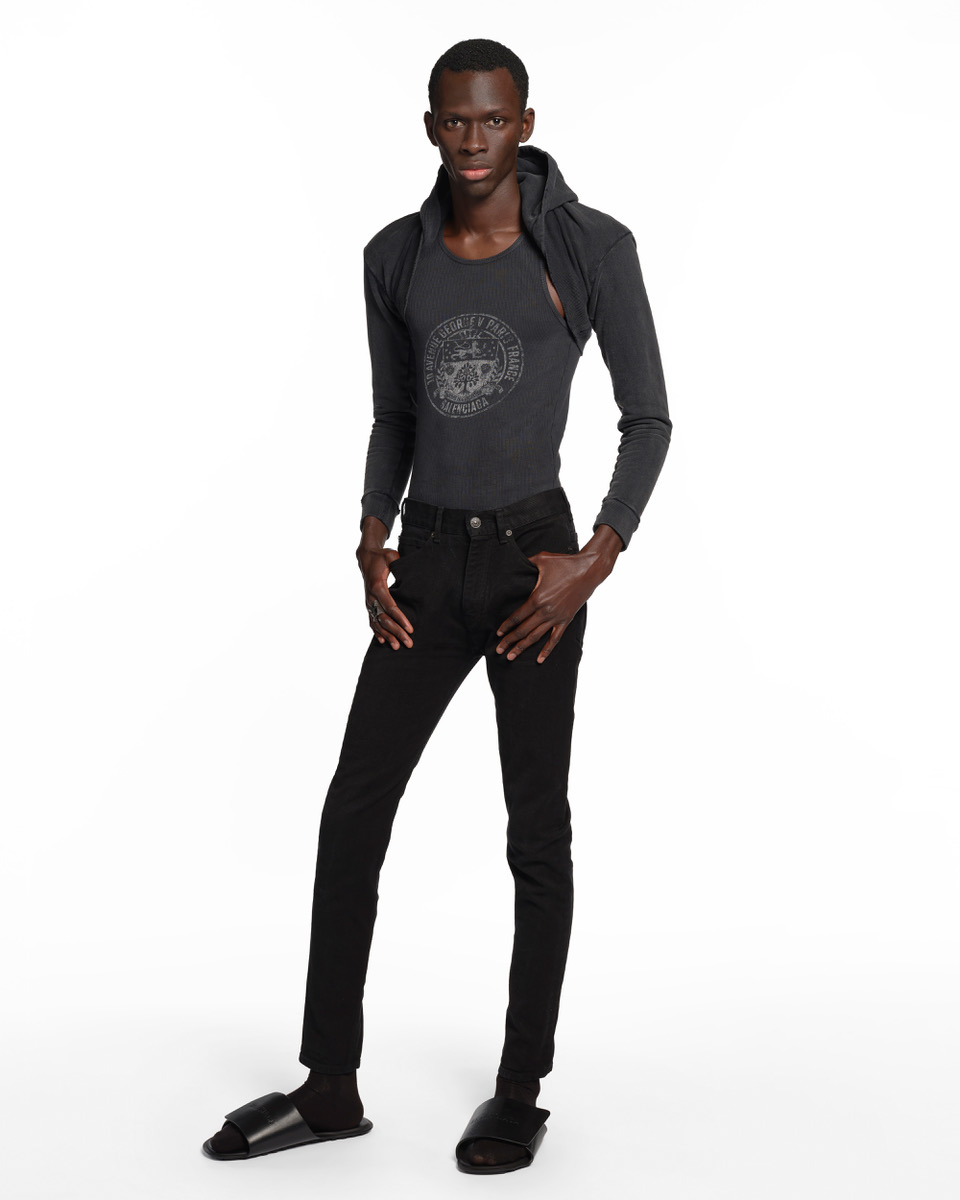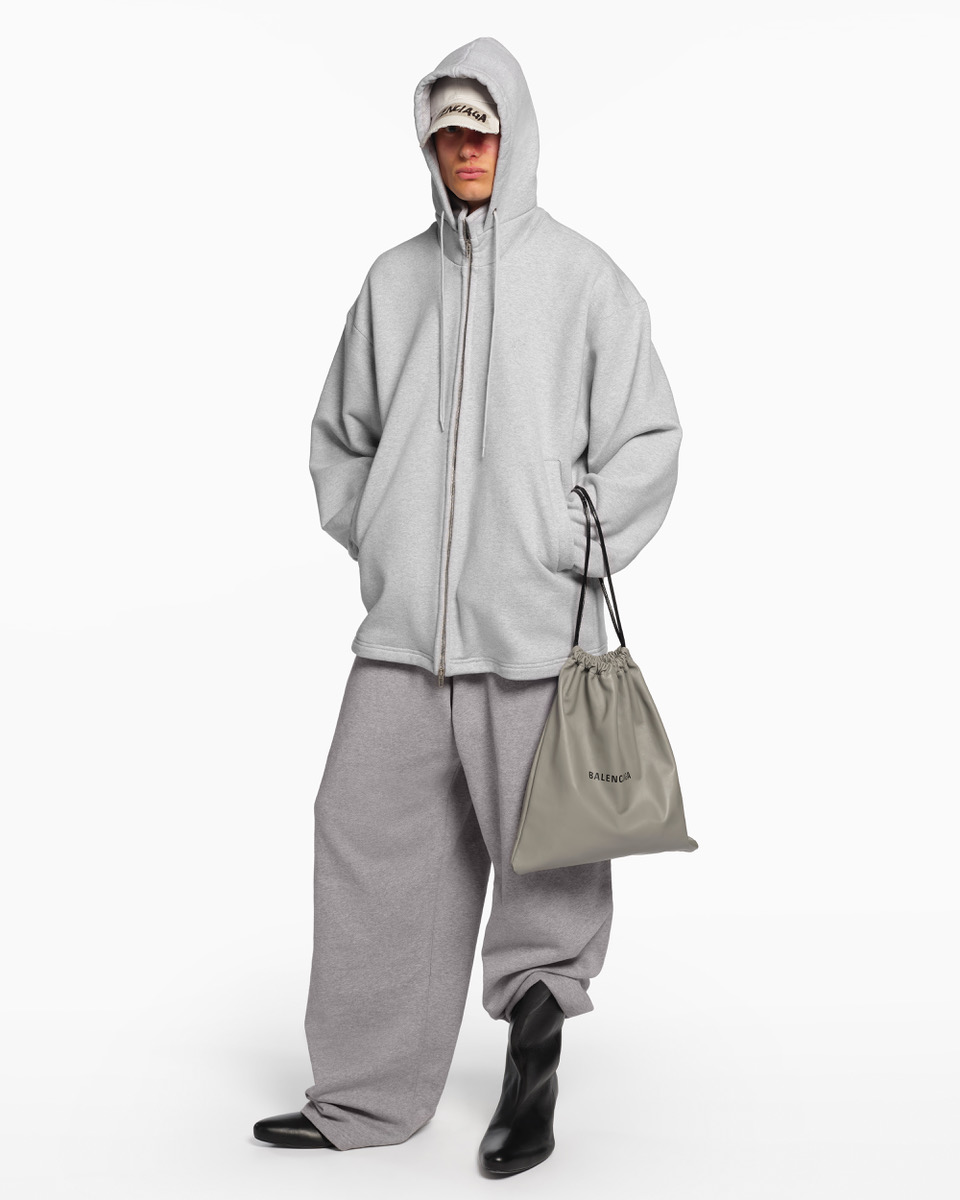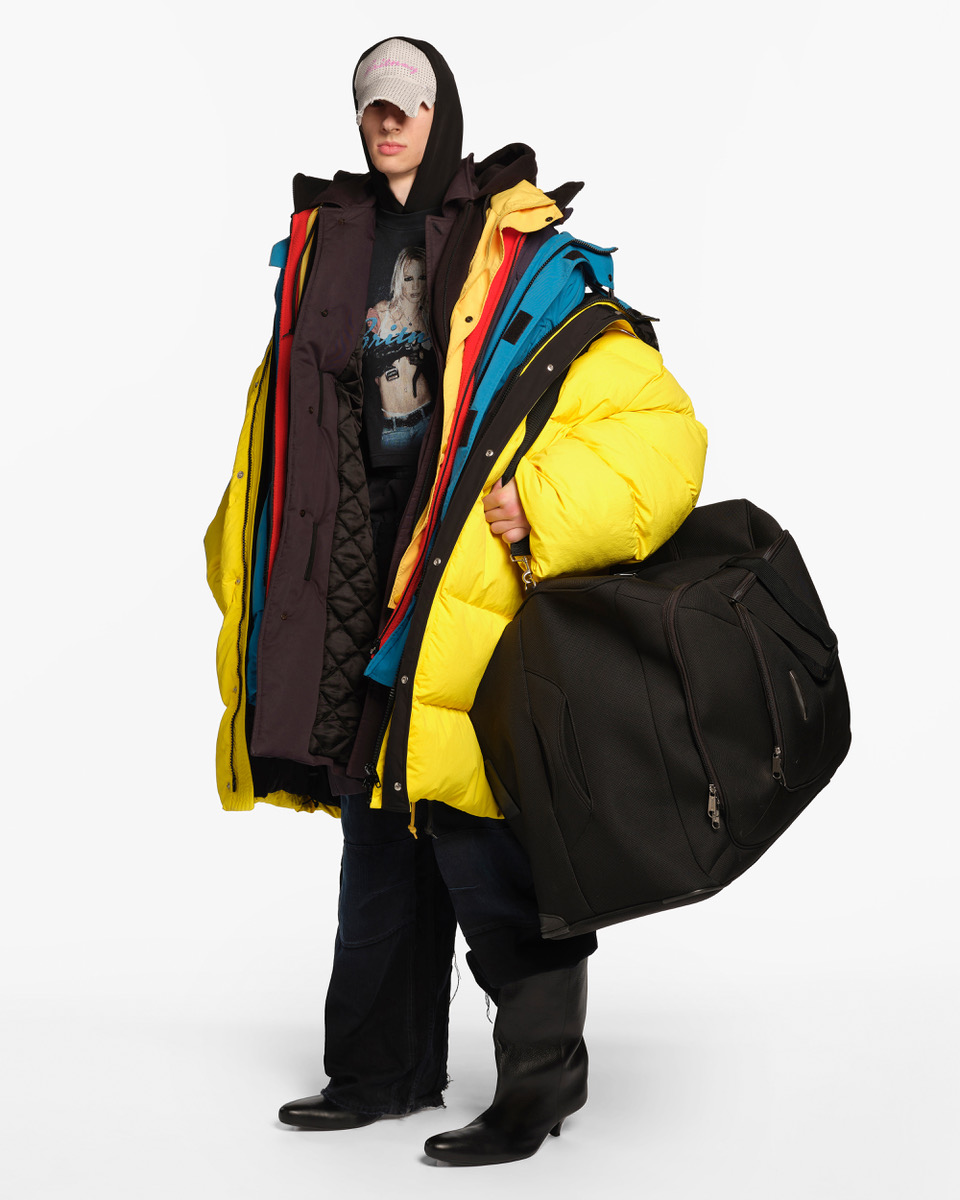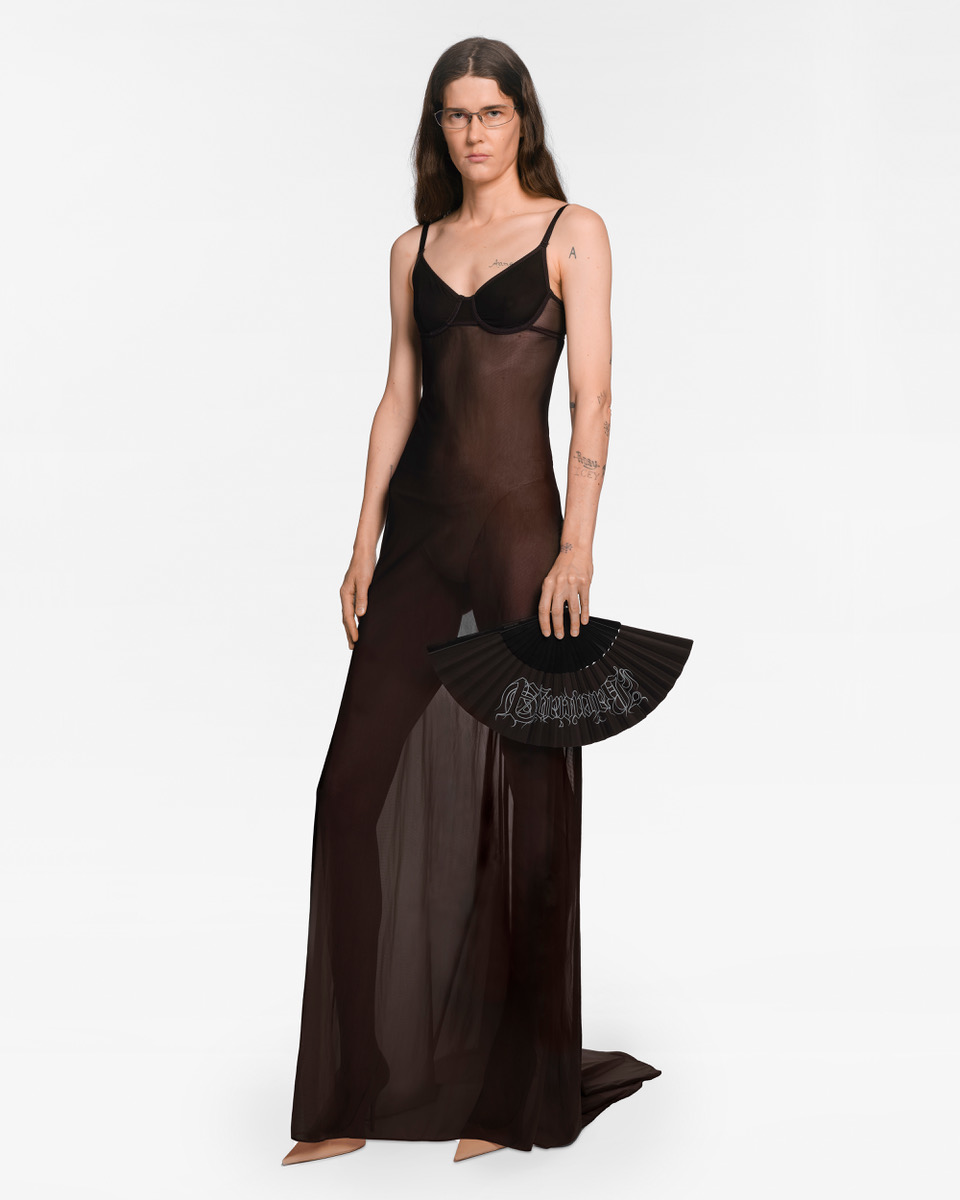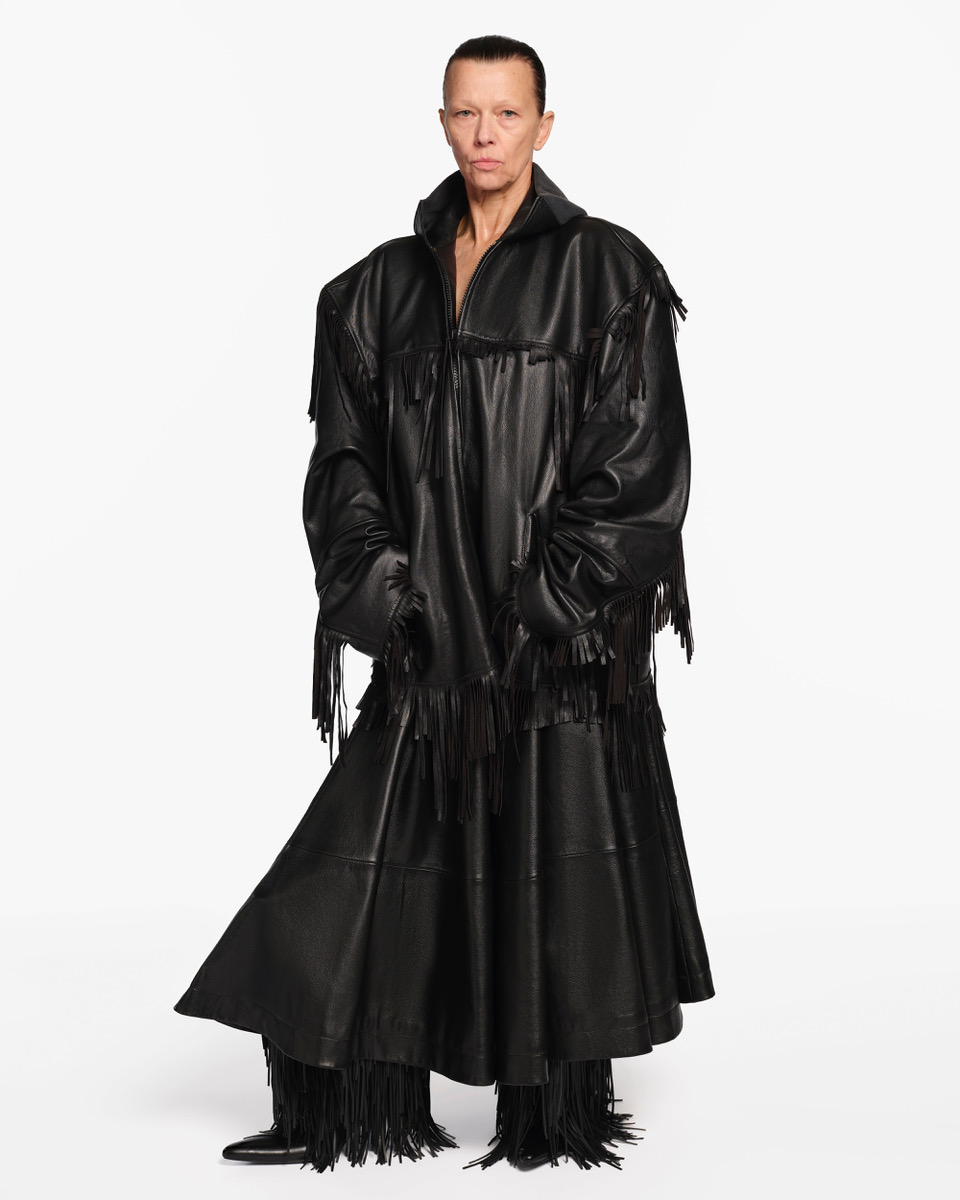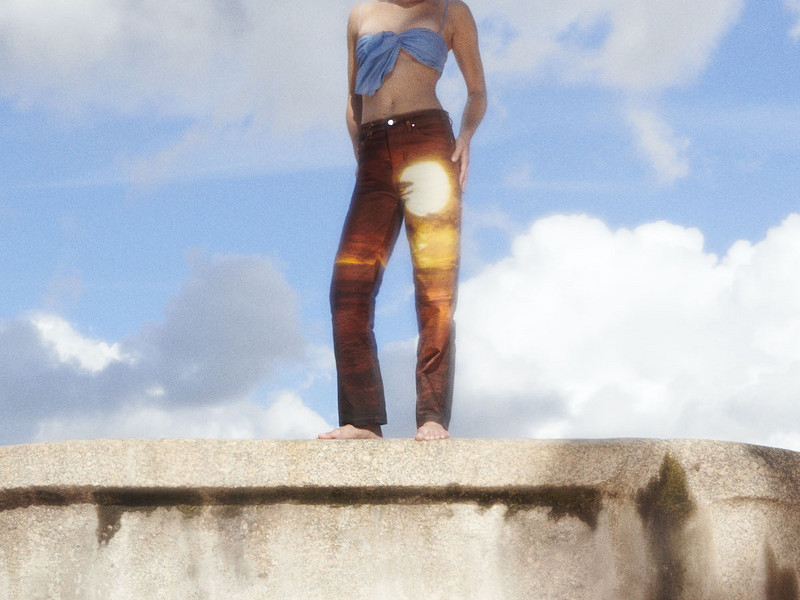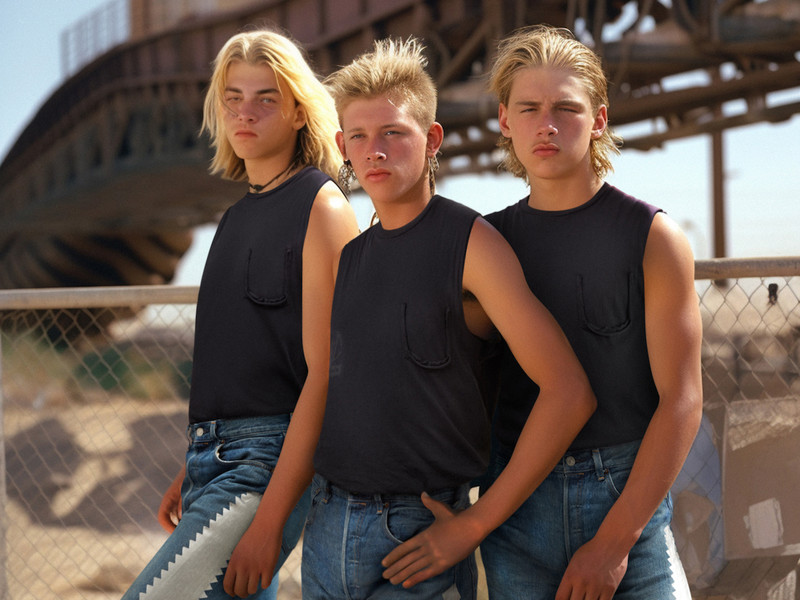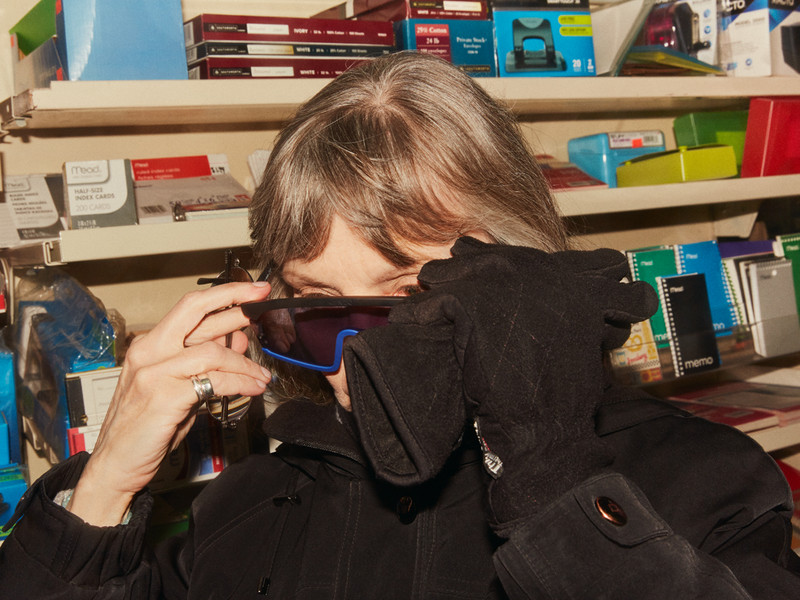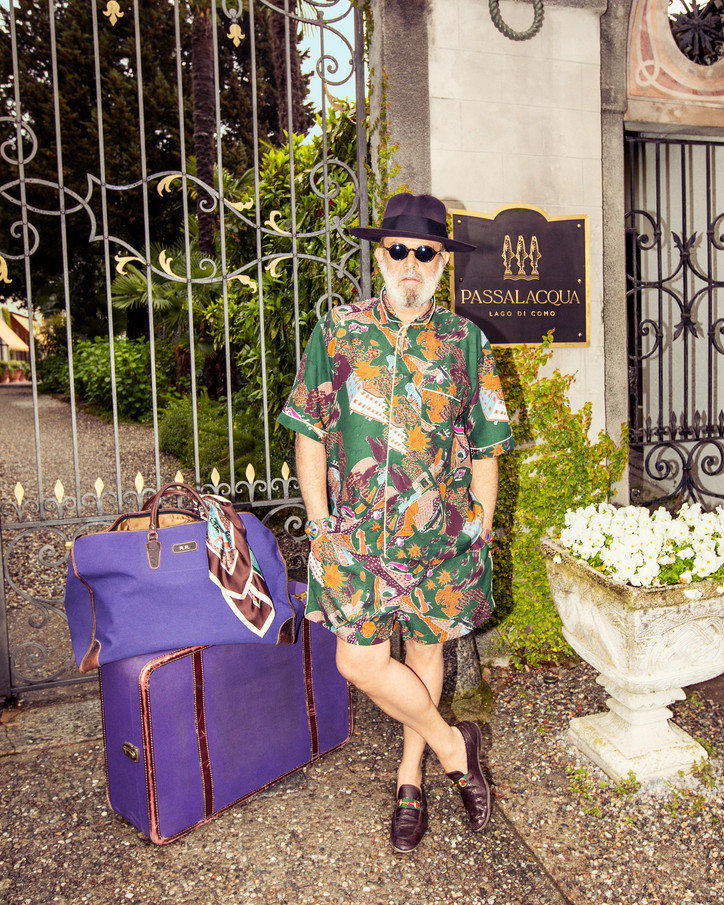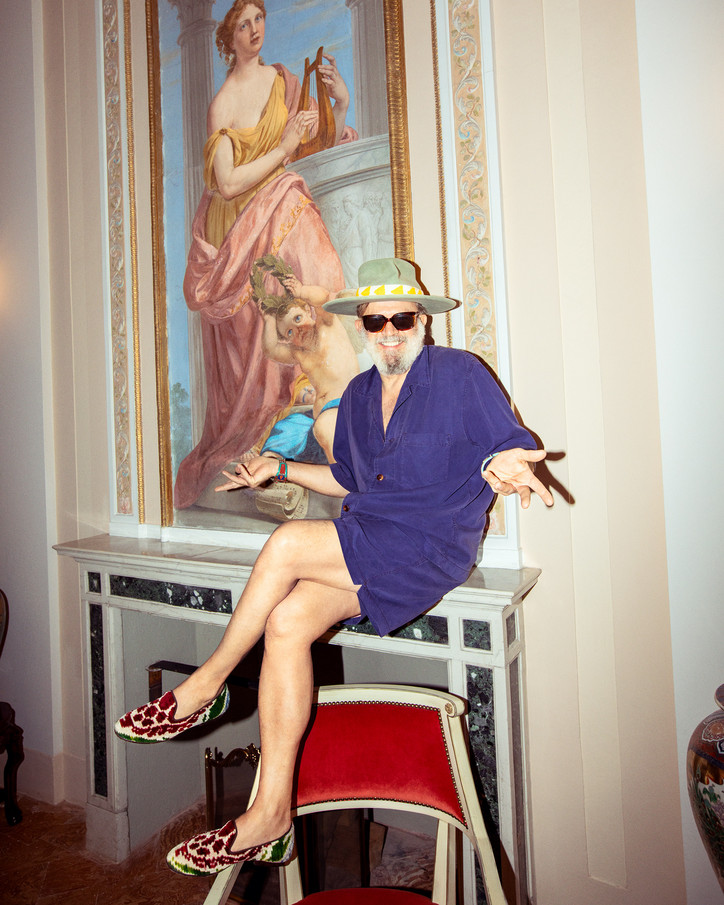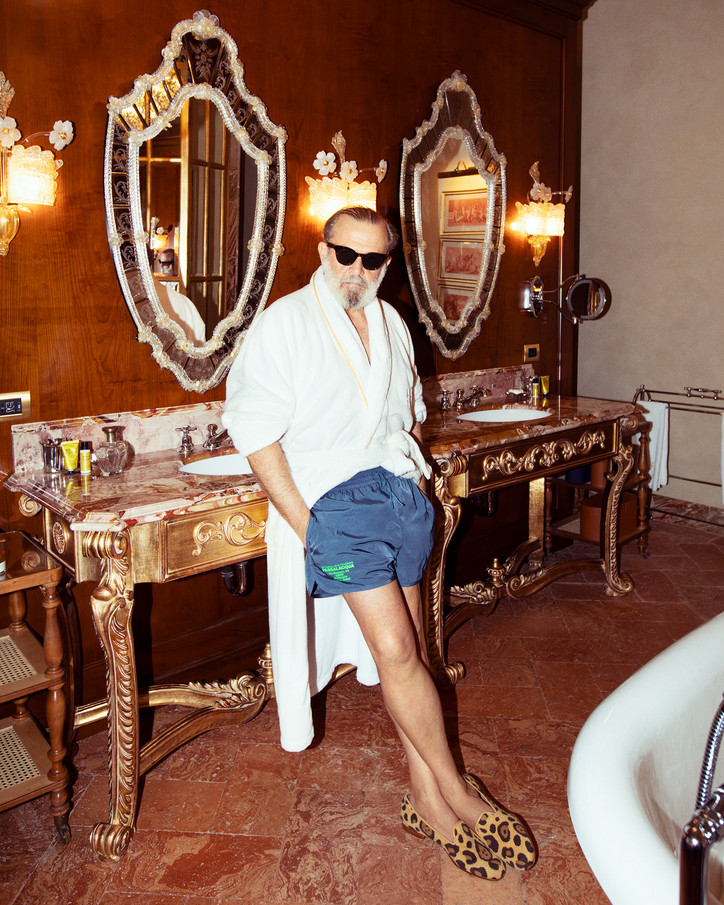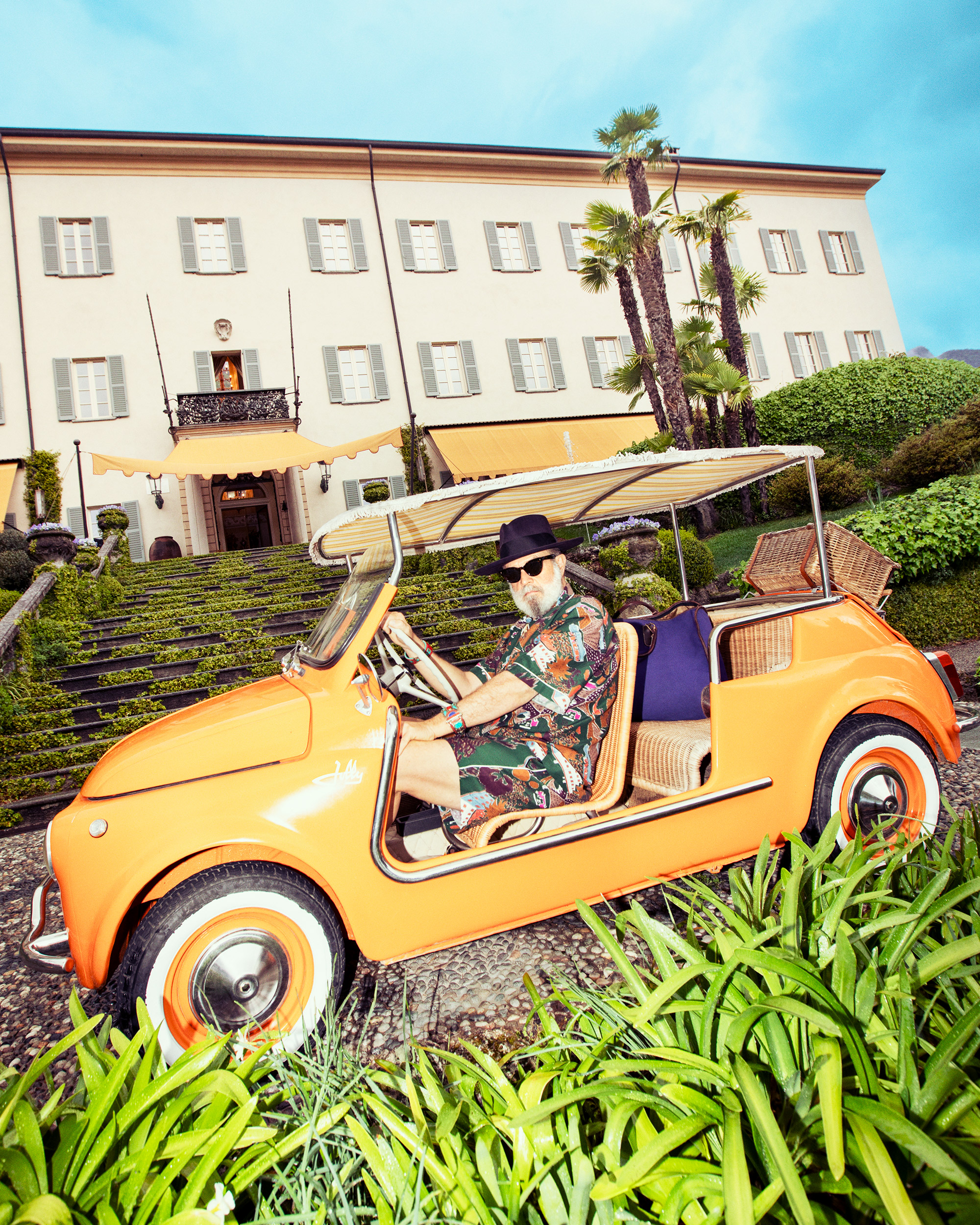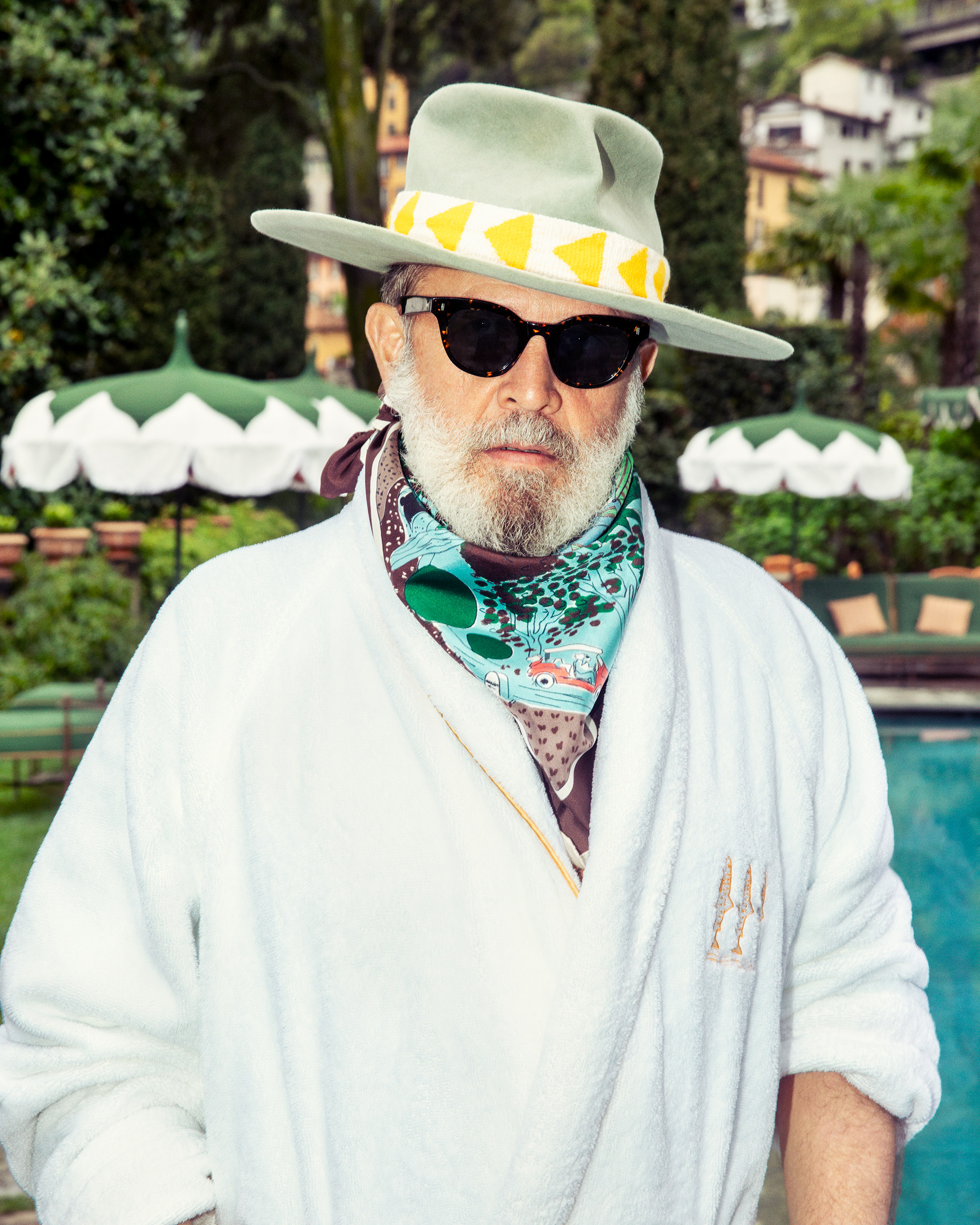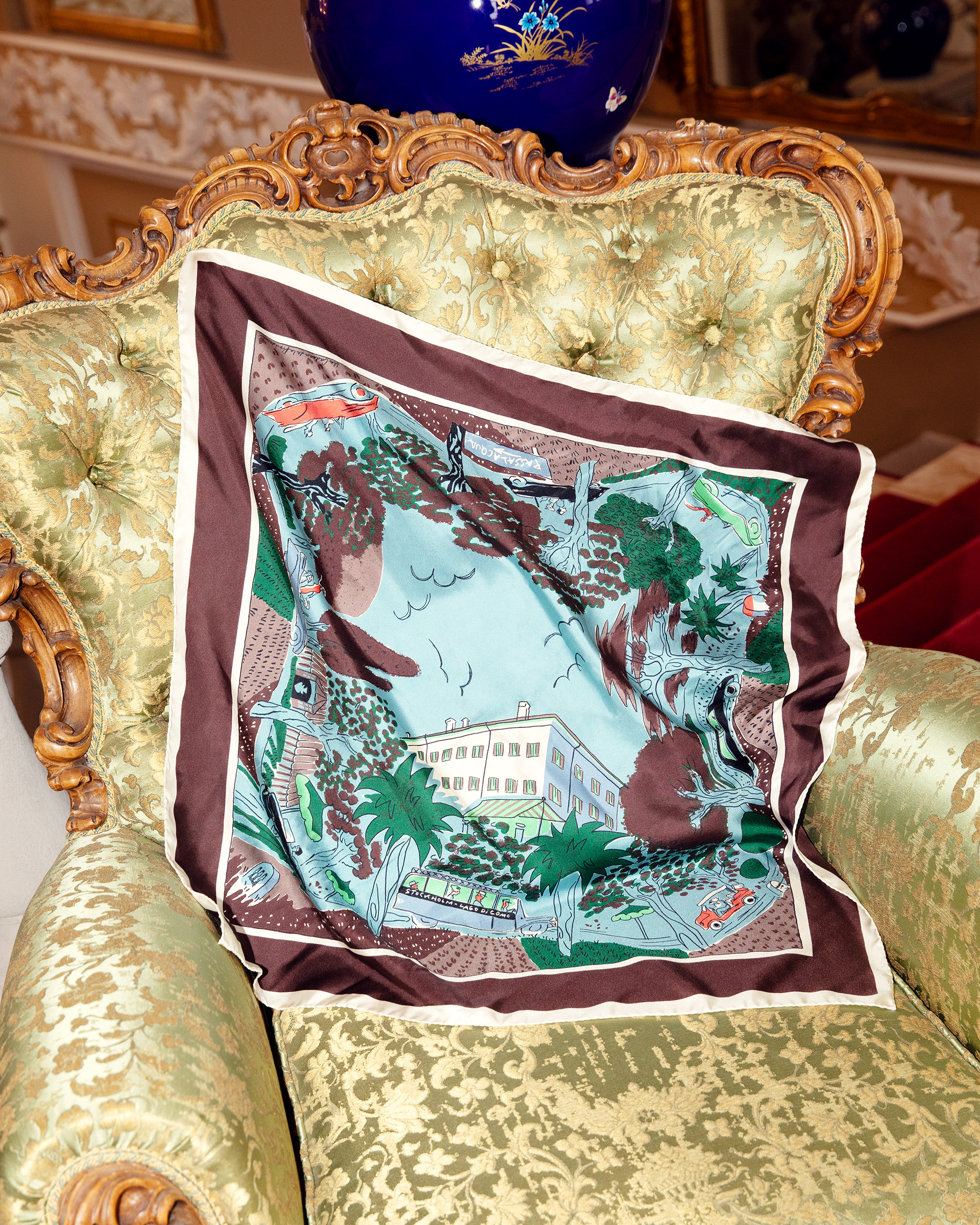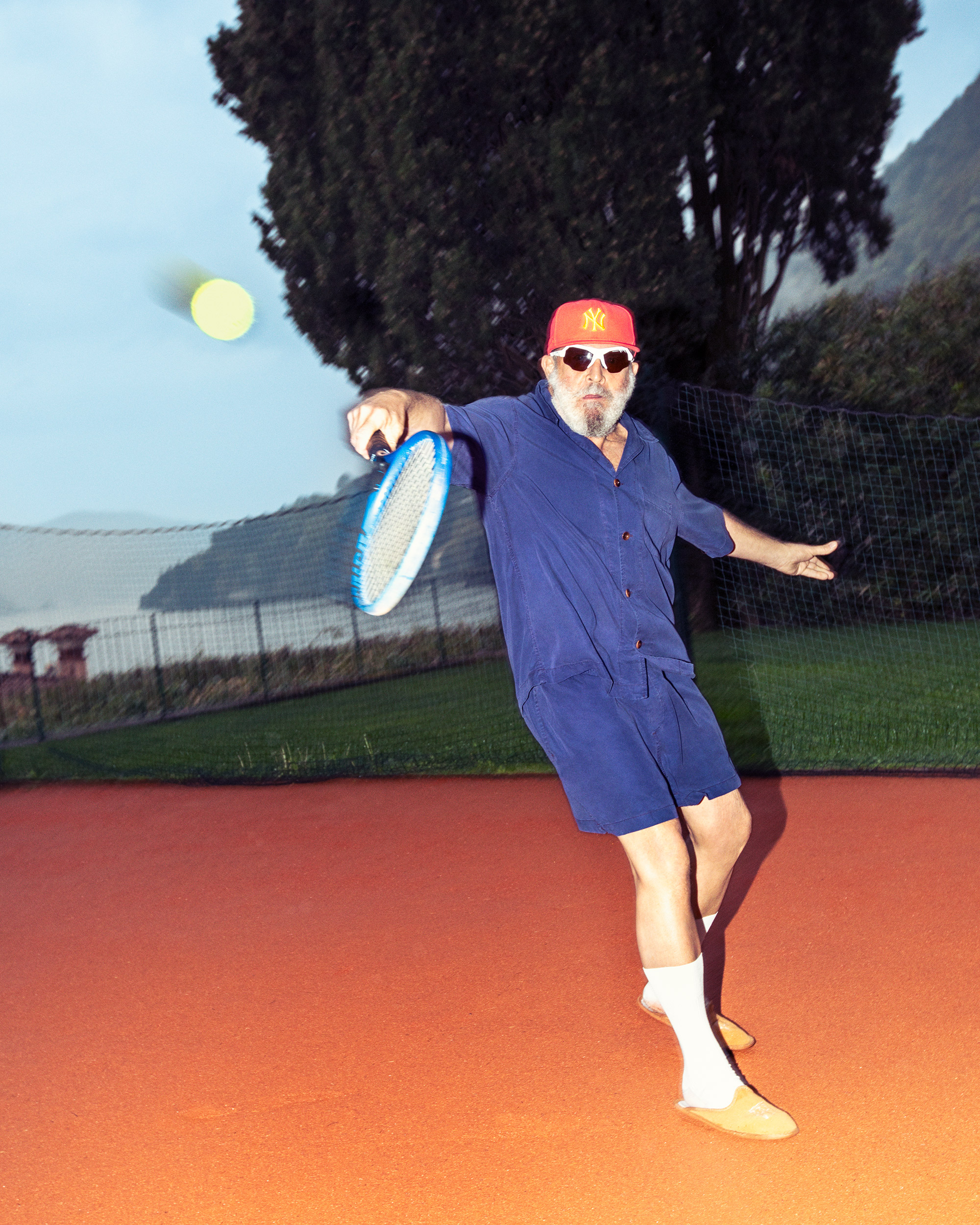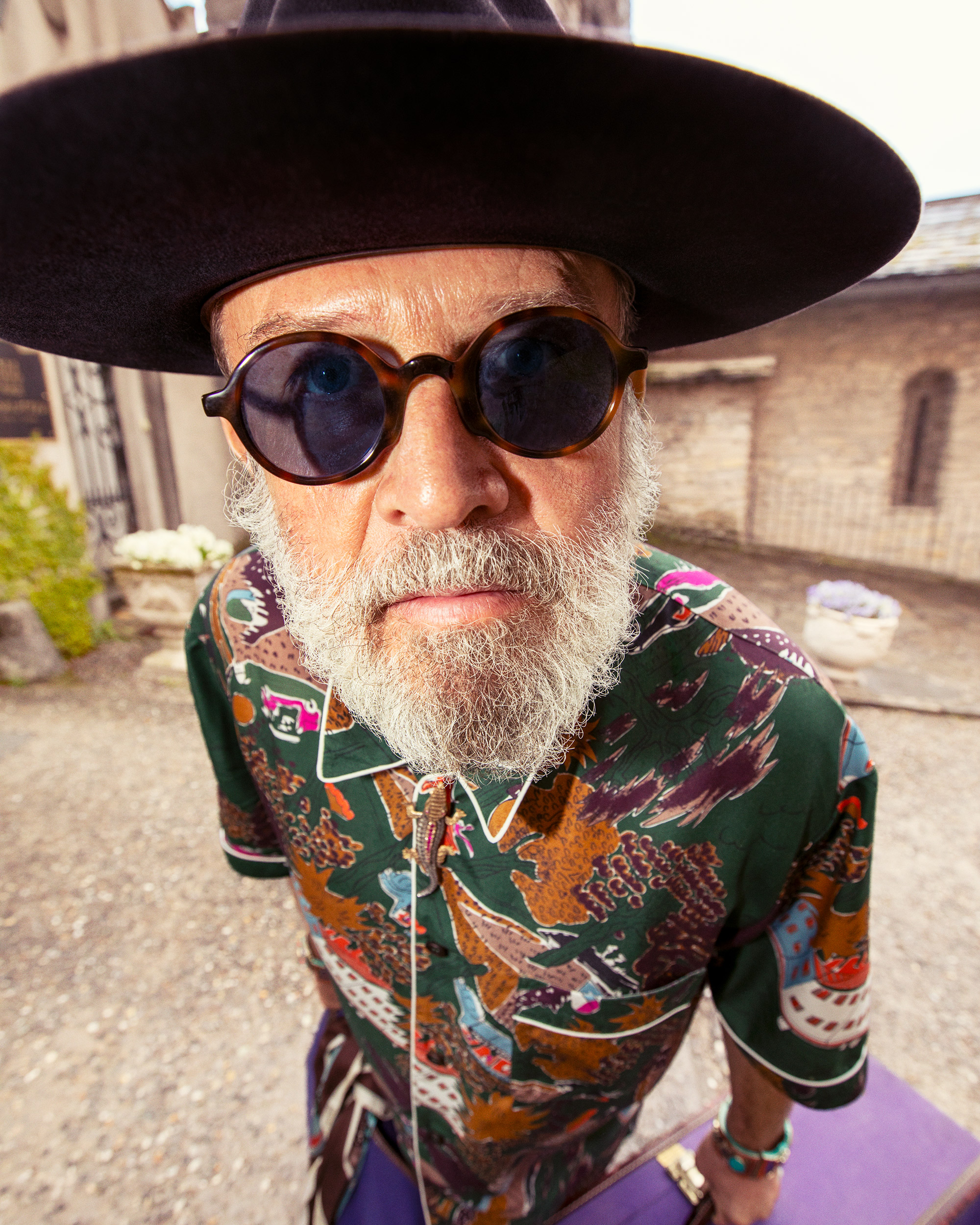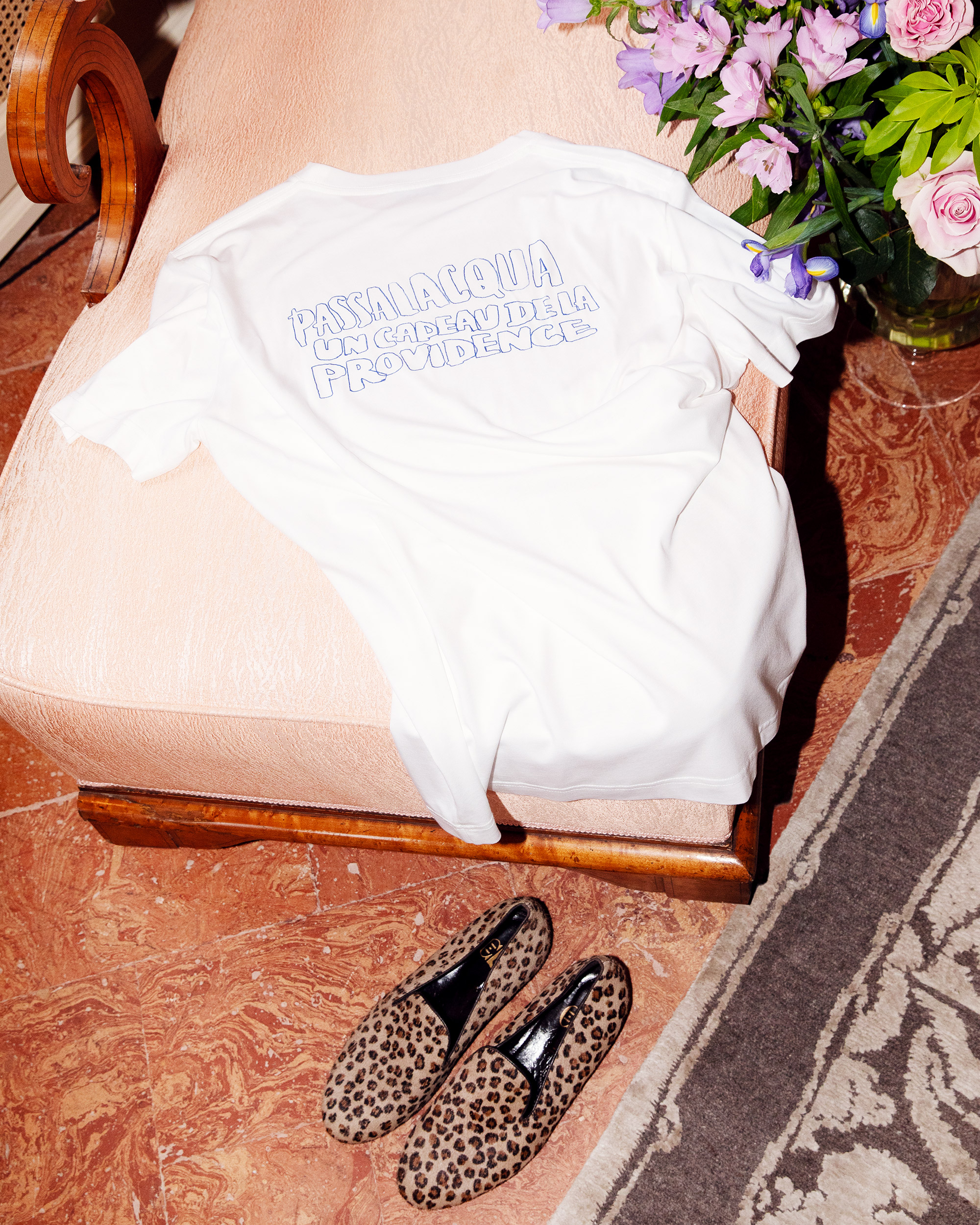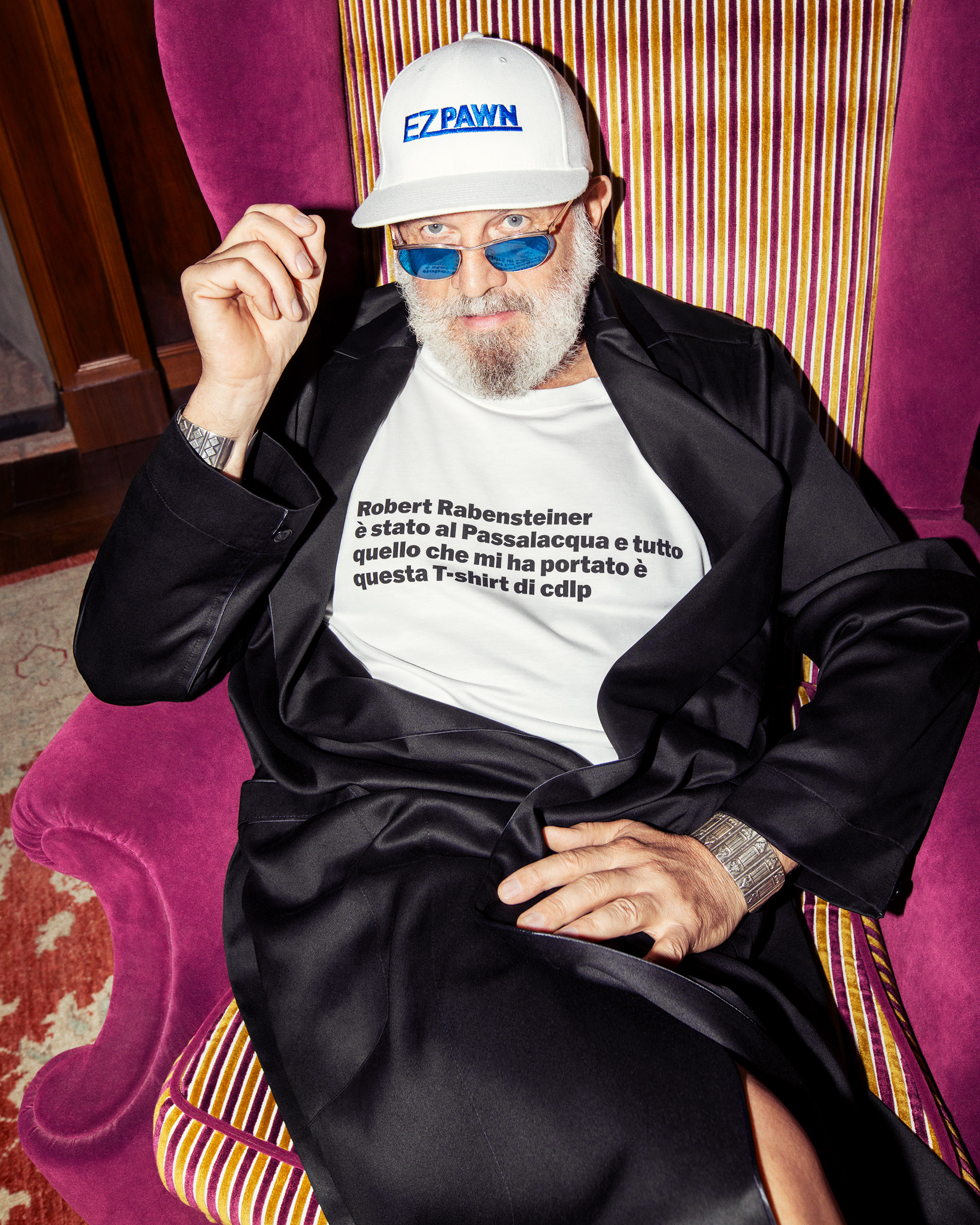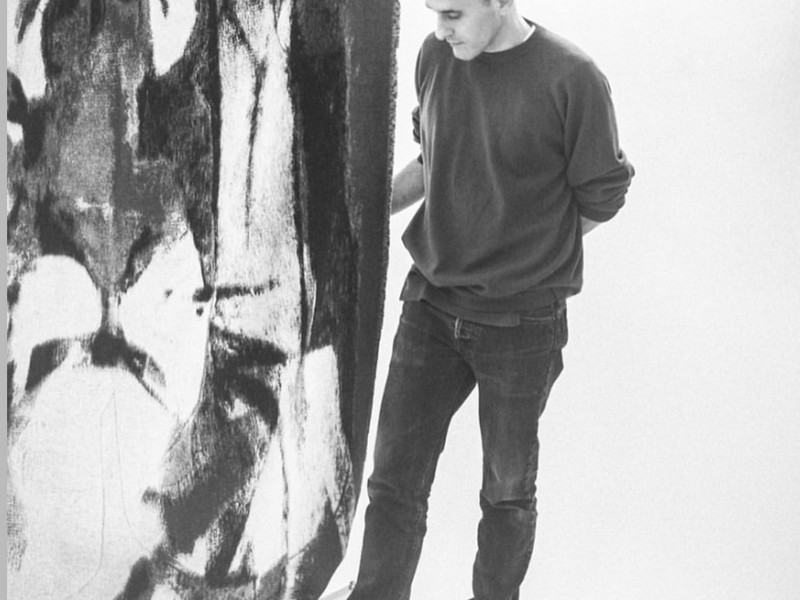Aalto Is In Its Own Lane
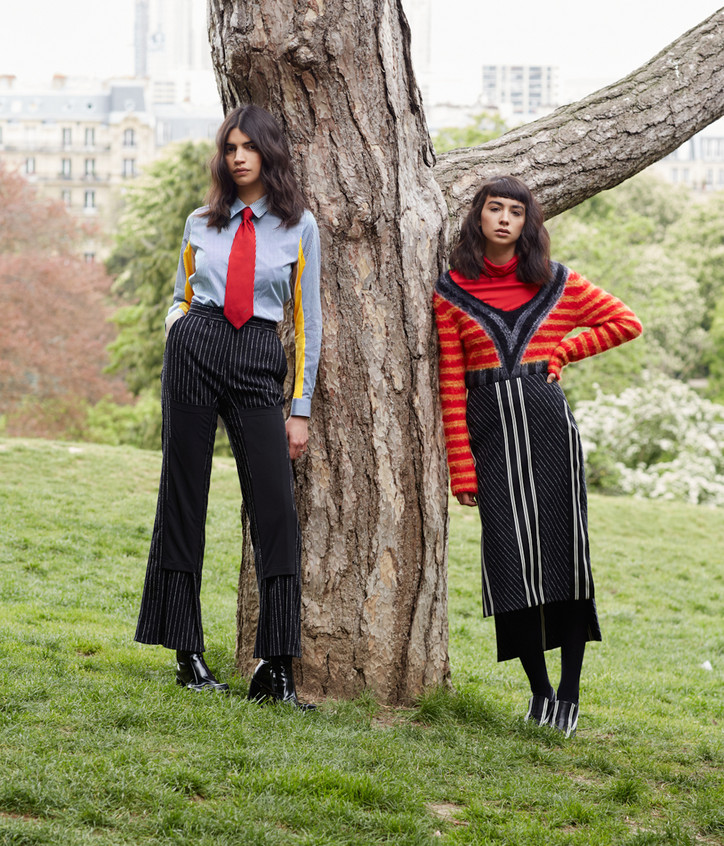
What made you decide to found your own label rather then continue working for large influential brands?
For fifteen years I was working for mainly two houses, Givenchy and Louis Vuitton. But I kind of always knew that I would go out on my own one day. It became real when my idea became clearer as well as my own identity. It really started being in my head five years ago.
Was it a huge learning curve?
It wasn’t easy to launch, because after being in the industry for so long I didn’t want to repeat the mistakes I’d already seen. I already knew how many things I had to do differently. I believe the fact that I had been in the industry for such a long time also helped the success of the company; I wasn’t just out of school.

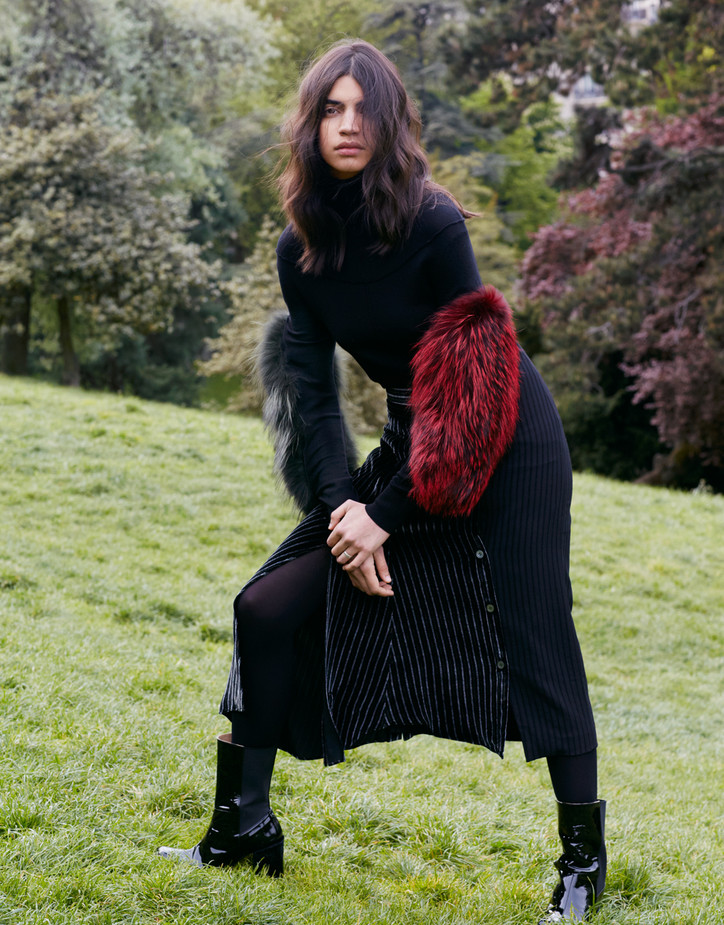
So, do you believe that industry experience overrides a fashion education?
Honestly, I’m not sure. School is always a benefit because you learn how to use your creativity and put it to something concrete. In the majority of circumstances it is beneficial because you get into the scene, you can level yourself with the other students and can learn from yourself in a competitive environment rather then being in an isolated place.
Do you feel that it is easier for young designers to establish themselves in this day and age as opposed to five years ago?
The world is moving so fast with all the technology and social media, even the industry is changing very drastically right now. For me at least, in Paris it feels easier. There is more open mindedness to new brands, people aren’t just following the big brands anymore, there’s a lot more interest for smaller and newer designers. You explain your inspirations as ‘the Finish Youth culture, the contrasts and taboos.’
Could you explain what are some taboos in finish culture at the moment?
I think there is a taboo around the way we communicate and socialize. We’re very silent people normally. We’re very well educated, but at the same time we have a very primitive way of being. The culture has a lot of paganism rituals that are very mystic and still very much practiced in Finland. Sometimes they can be very dark.
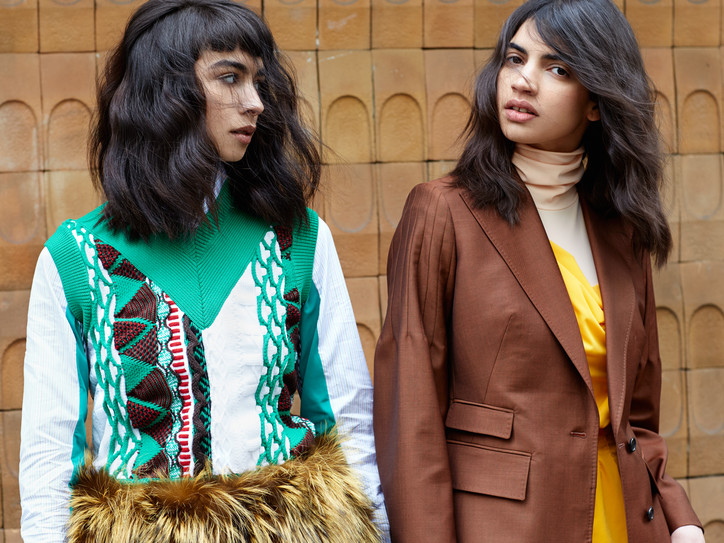
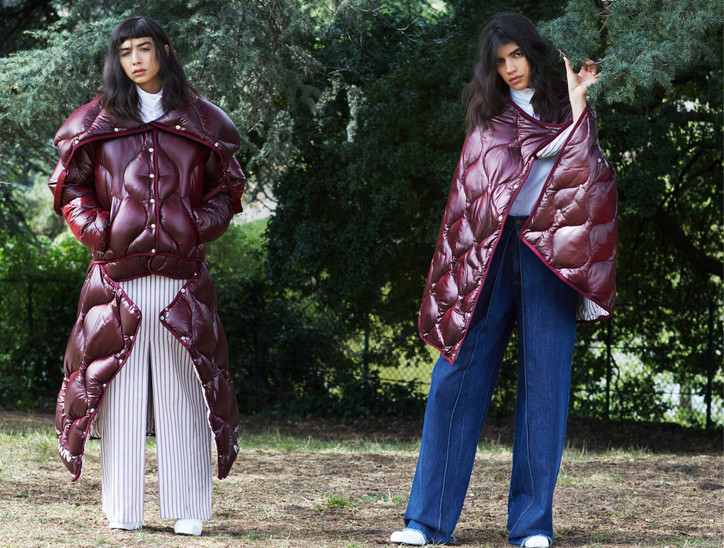
What sort of rituals?
Midsummer is a very positive ritual, but there is a lot of old traditions about how we connect with the nature throughout the seasons. There is a sort of spiritualness in our culture but we lack this when we communicate I think it’s a very shy culture ad that is not always a positive thing.
Did you only realize this when you left Finland?
Yes, I feel that I am much more Finish now then when I left. When I left I was like ‘I really have to get out of here and see the world.’ I’ve also learnt not to be so Finish, I’ve learnt to communicate a bit better and be more social and active, less in myself. I think that’s a key aspect for the brand as well, it’s understanding what the Finish identity is, but from an international point of view.
What was the moment that you realized you could have a career in the fashion industry?
I was never a fashion person from the start. I was much more into the alternative DJ/music culture. I was doing graphics and I think I ended up in the fashion industry because no one was doing it in Finland.
What were you studying before fashion?
I got accepted into this polytechnic university but I realized within four months that I couldn’t actually stay awake in the classes. I wanted to do something creative and I think I did fashion because no one else was doing it, I wanted to do something new. I wanted to explore how we express our style and way of life.
Did your parents support your decision?
No, I don’t think they were very happy. Going from a high-level engineer poly techniques school to learning how to pattern cut as a boy was not the ideal for a parent at the time.
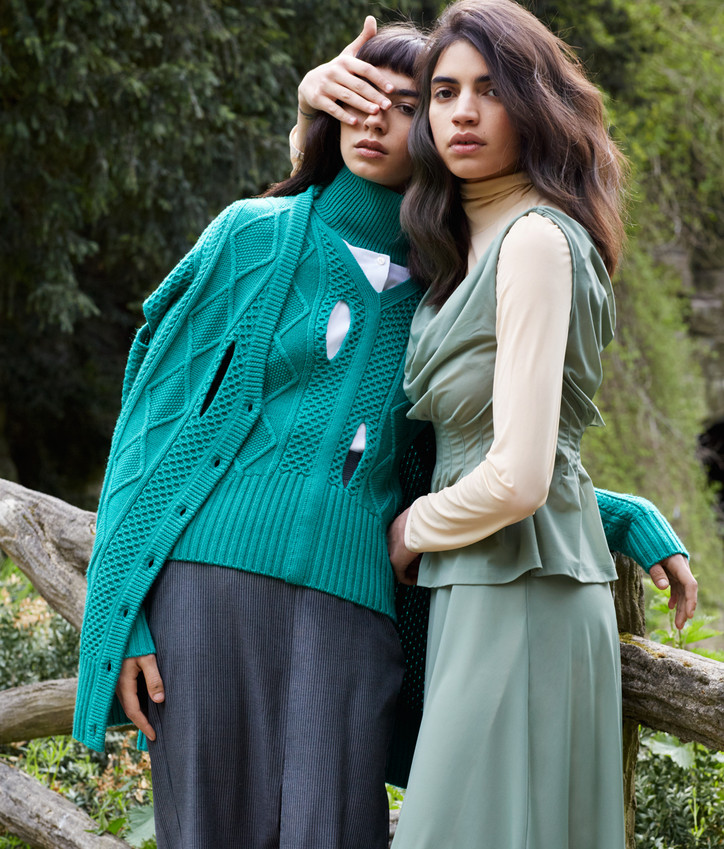
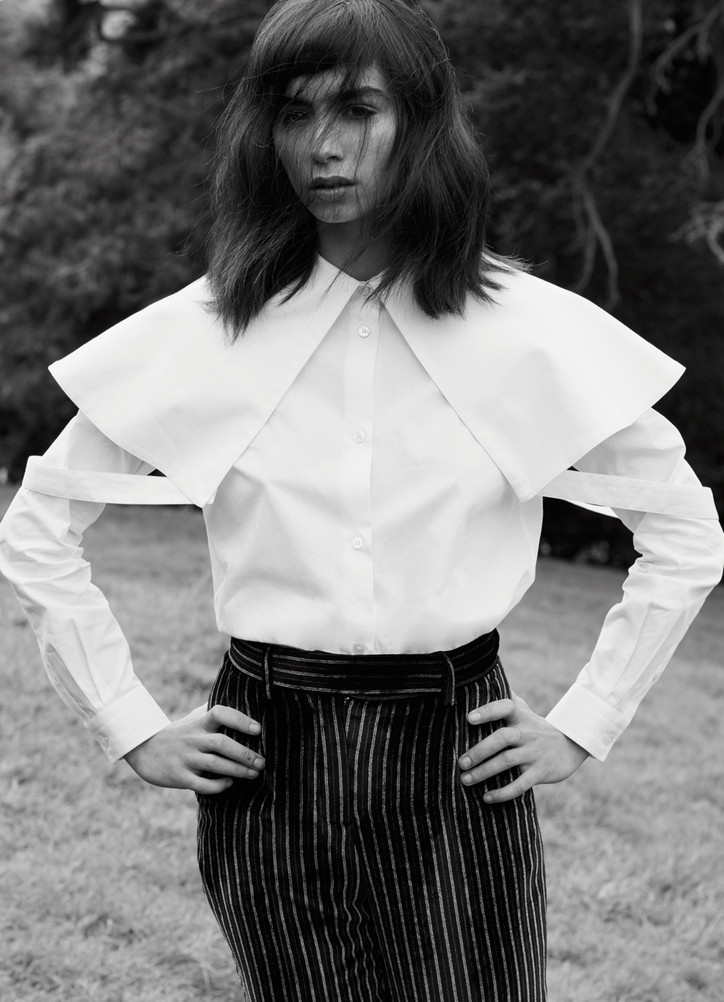
Your latest collection featured sustainably conscious material choices. How long have you been inspired by ethical fashion?
It’s there from way back; I’m just more pragmatic about it. For me it’s not the focal point in my label, it’s just something that should be there and I try to explore it as much as I can without jeopardizing or compromising my aesthetic. The idea is progressively to become completely sustainable, but only when the industry and the manufacturing permits us to.
Do you feel it is the way of the future for all design houses?
Yes, I don’t see any alternative. We are probably the industry that pollutes the most. I already hate mass consummation, but I understand it is counteractive for me to say that because I’m producing loads of clothing but I still opt for quality rather then quantity.
You released the book Finnish Youth: The Vulnerable & Invincible with photographer Jouko Lehtola. Is Aalto going to produce more collaborations with artists this year?
We are working currently with three projects, all very different. Two of them contain a book and one is a video. We are working with a famous conductor working on his look but also producing a project with him.
